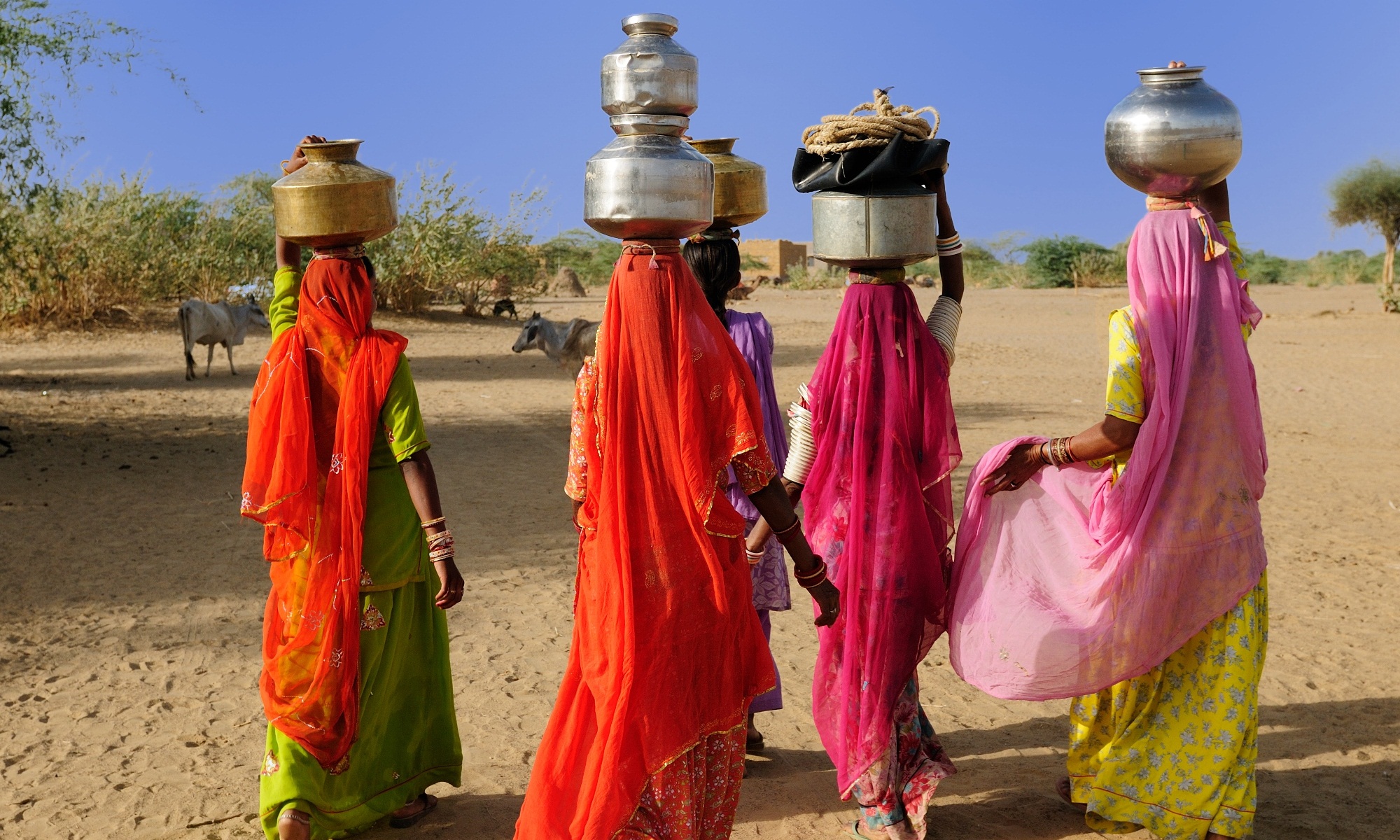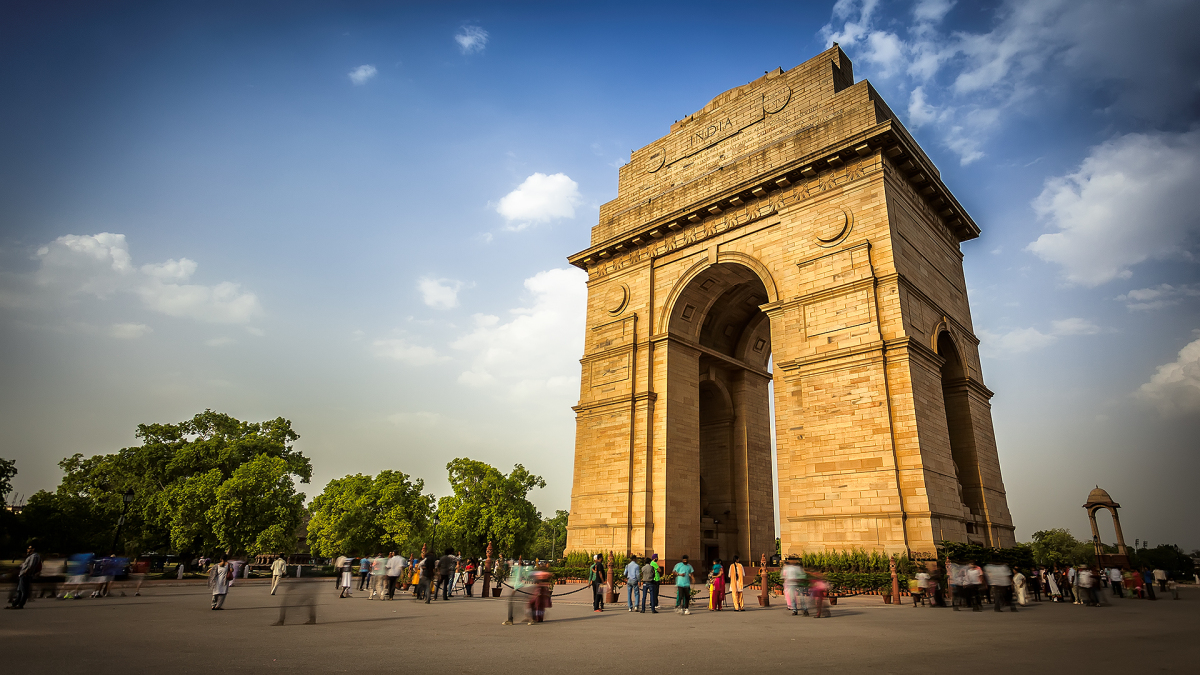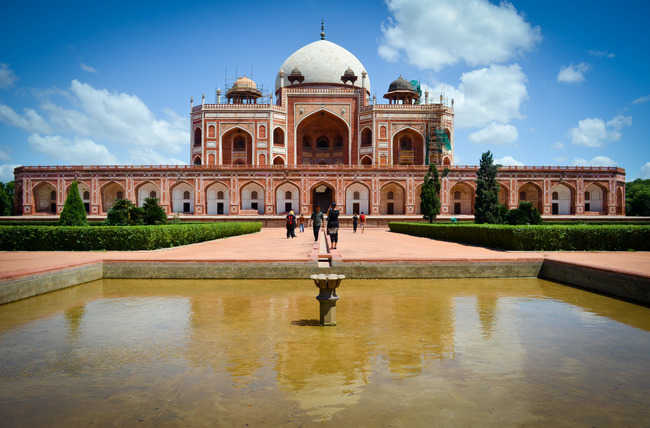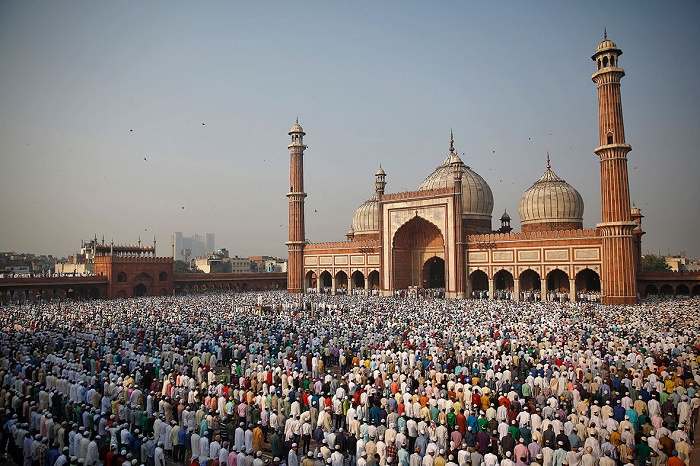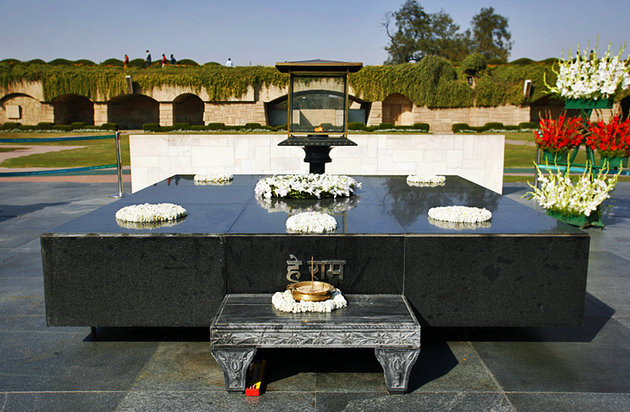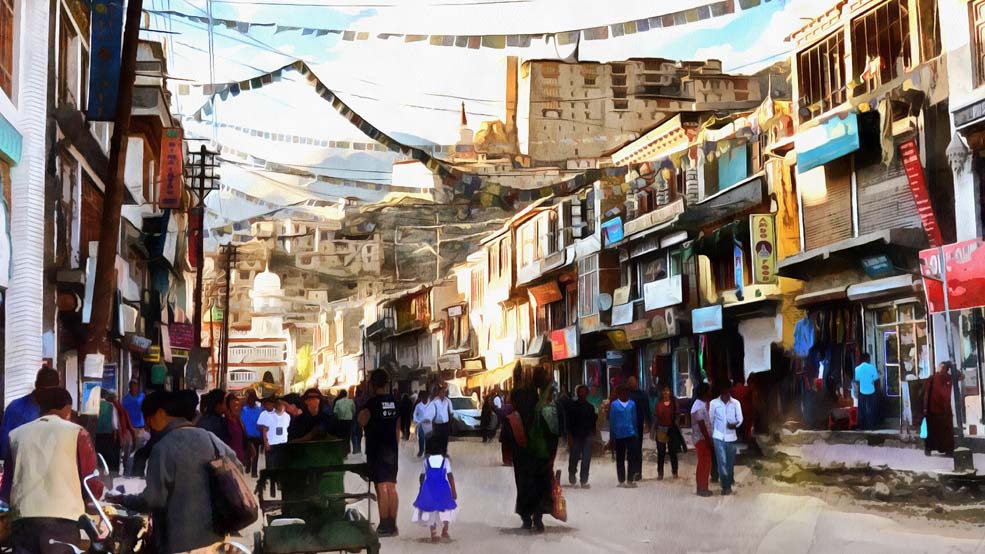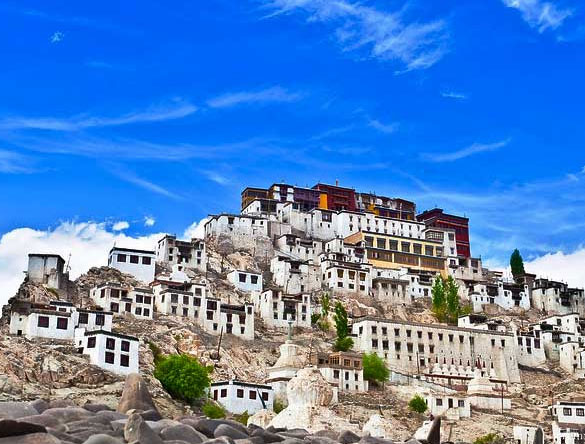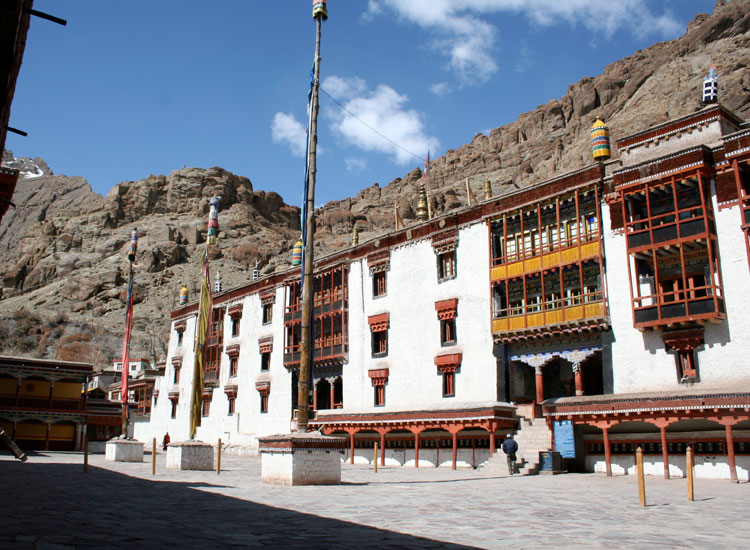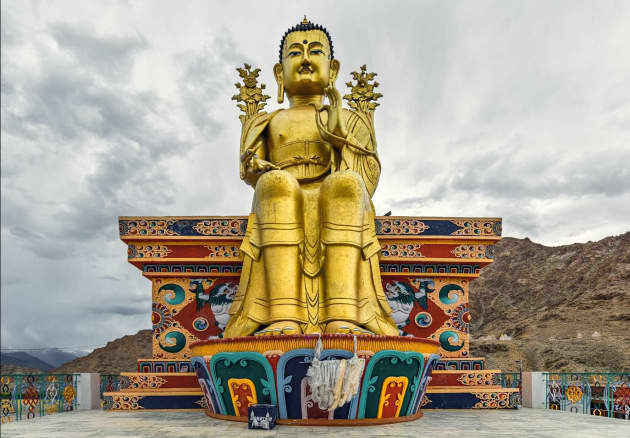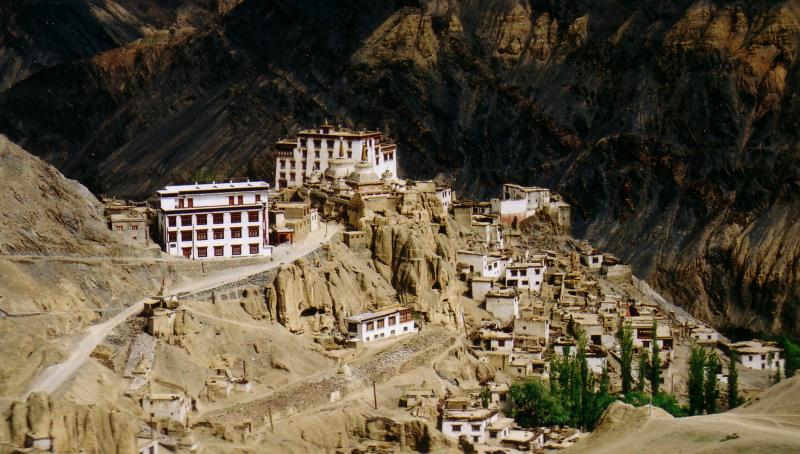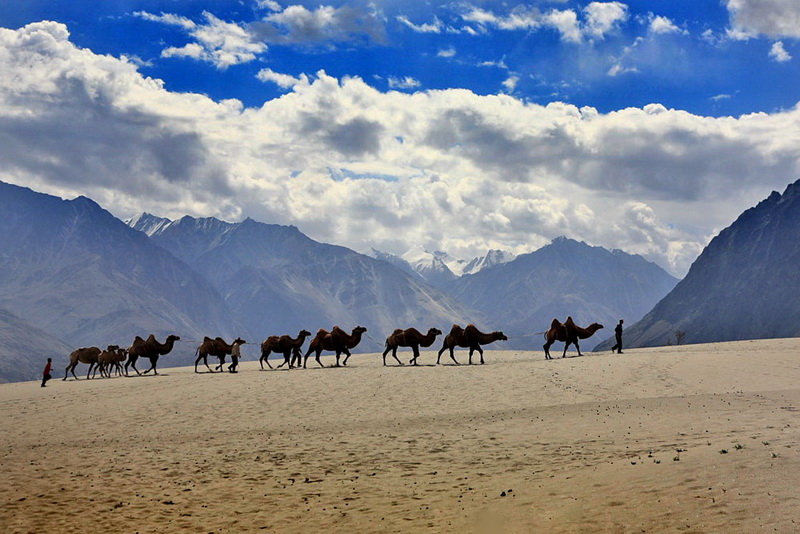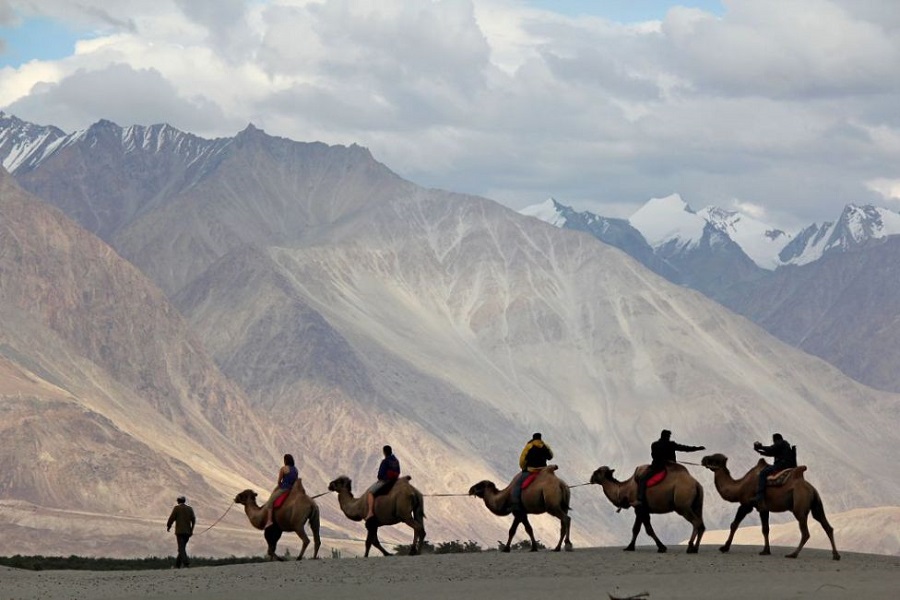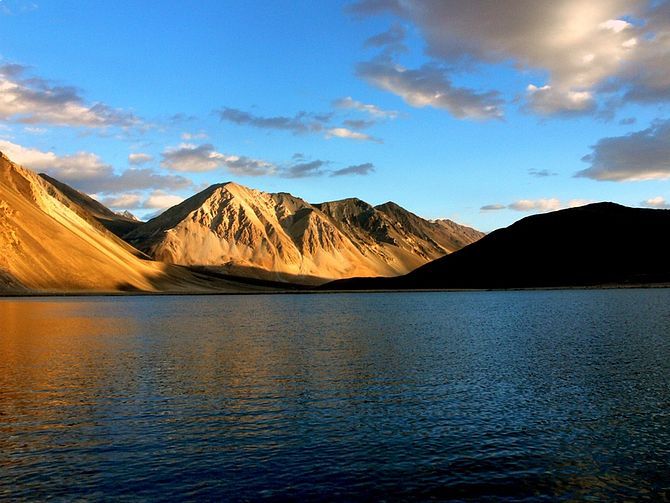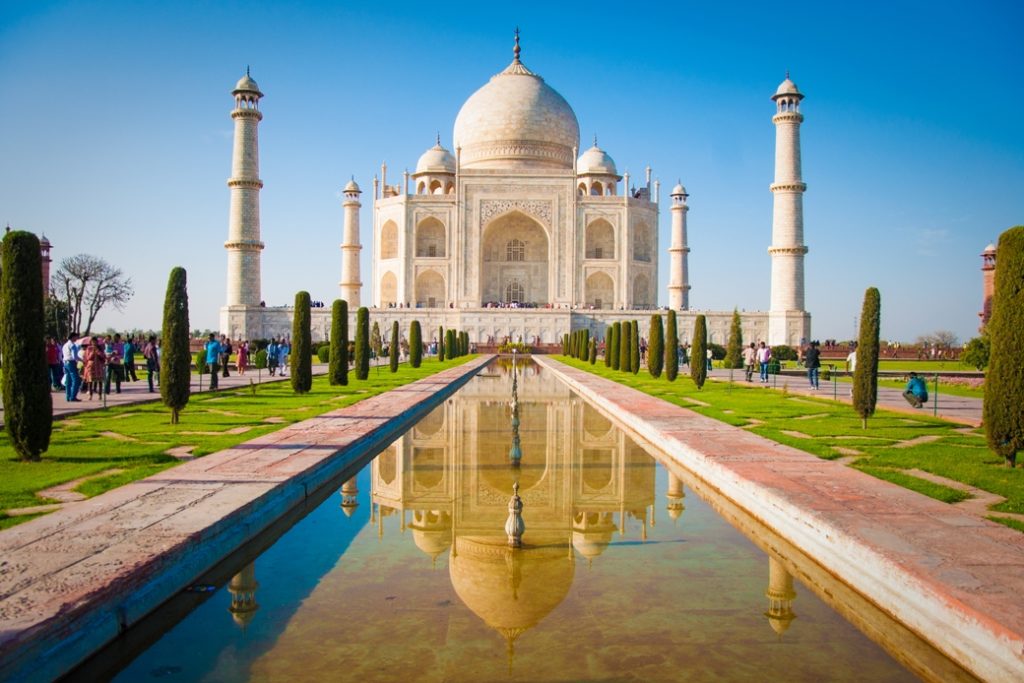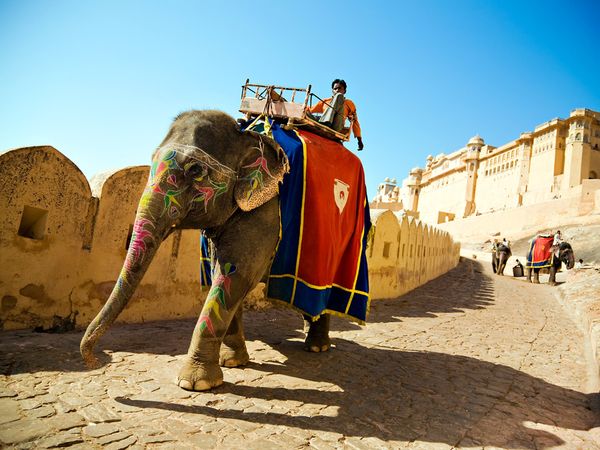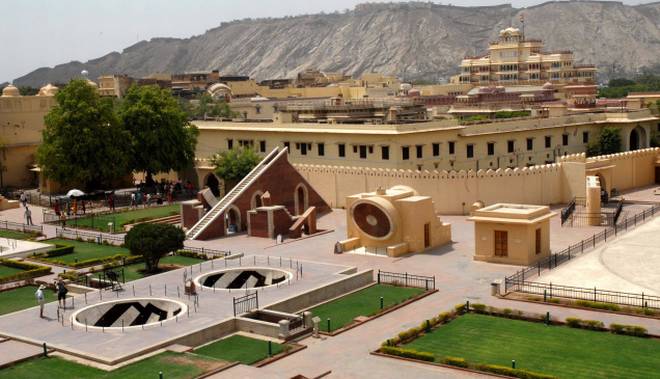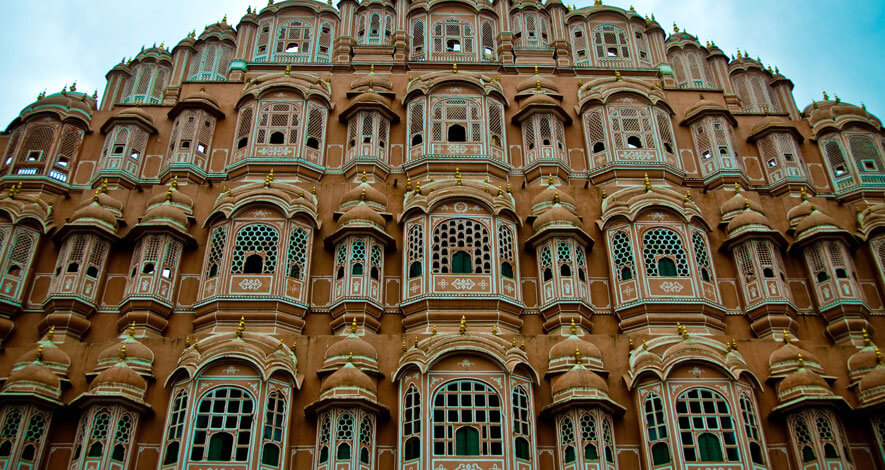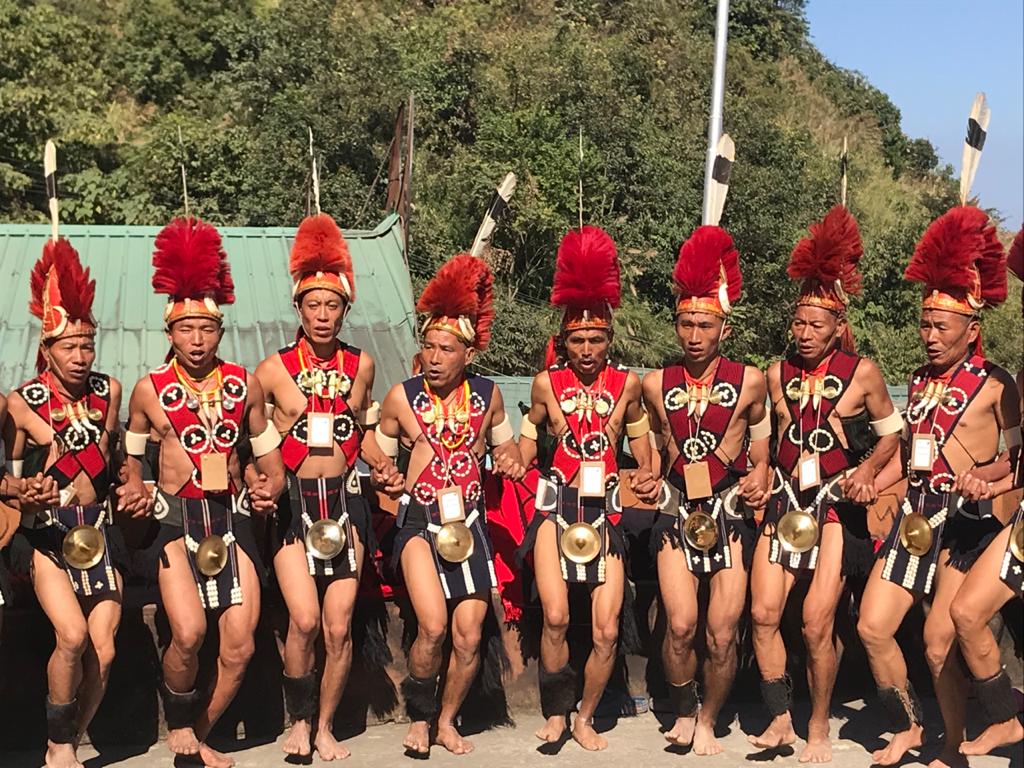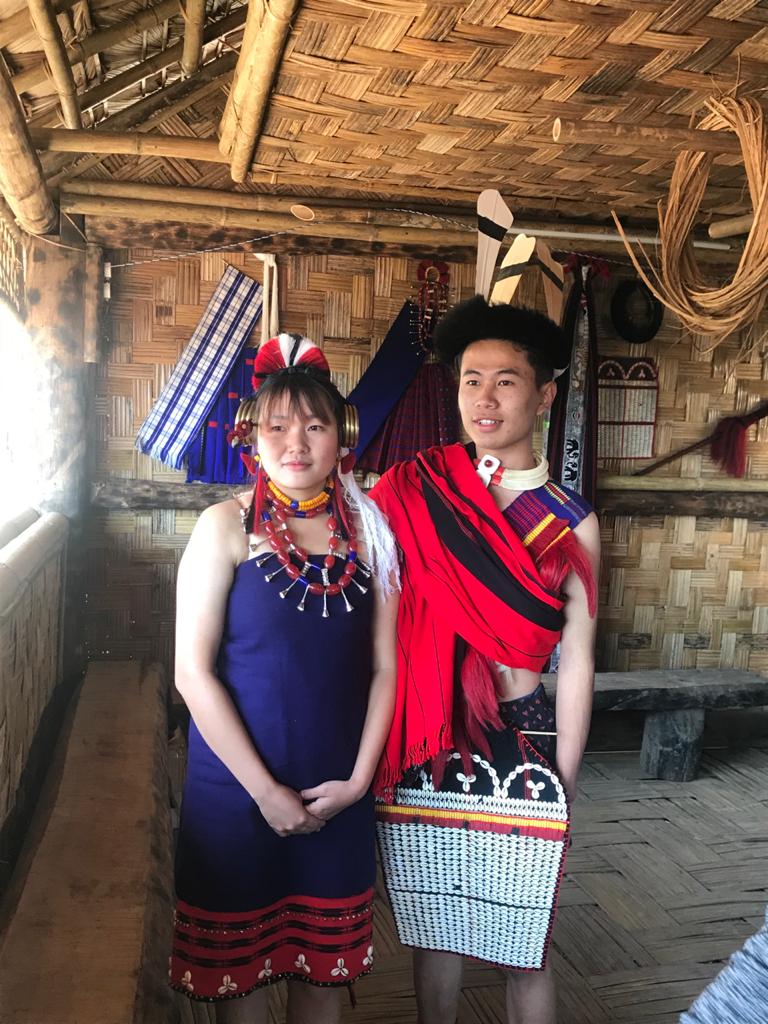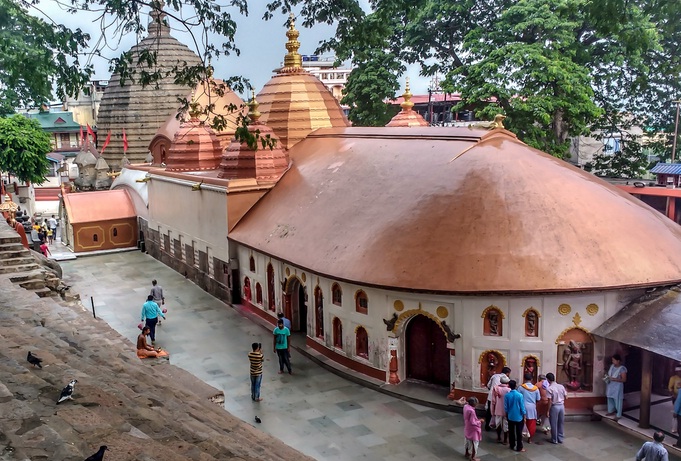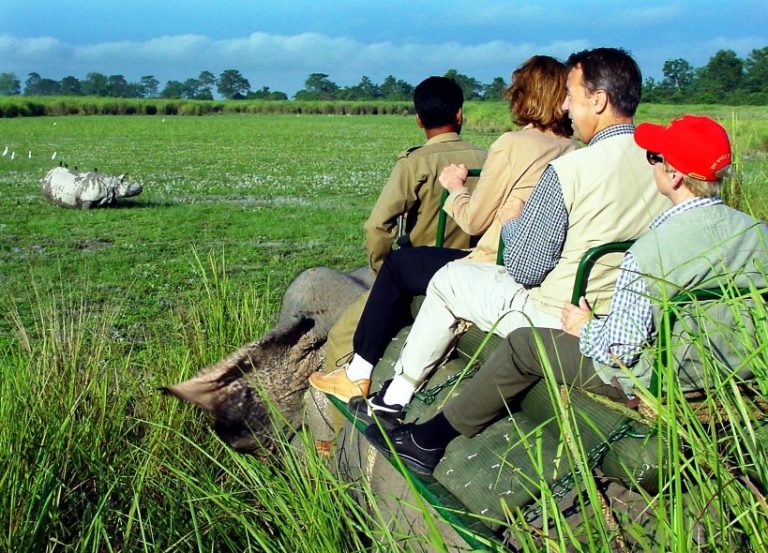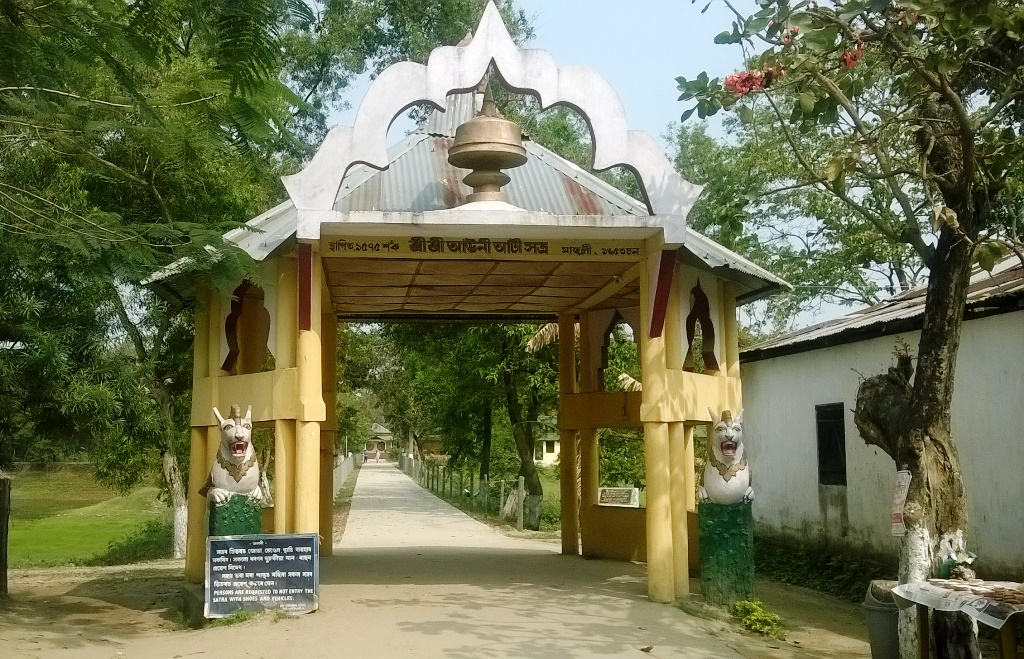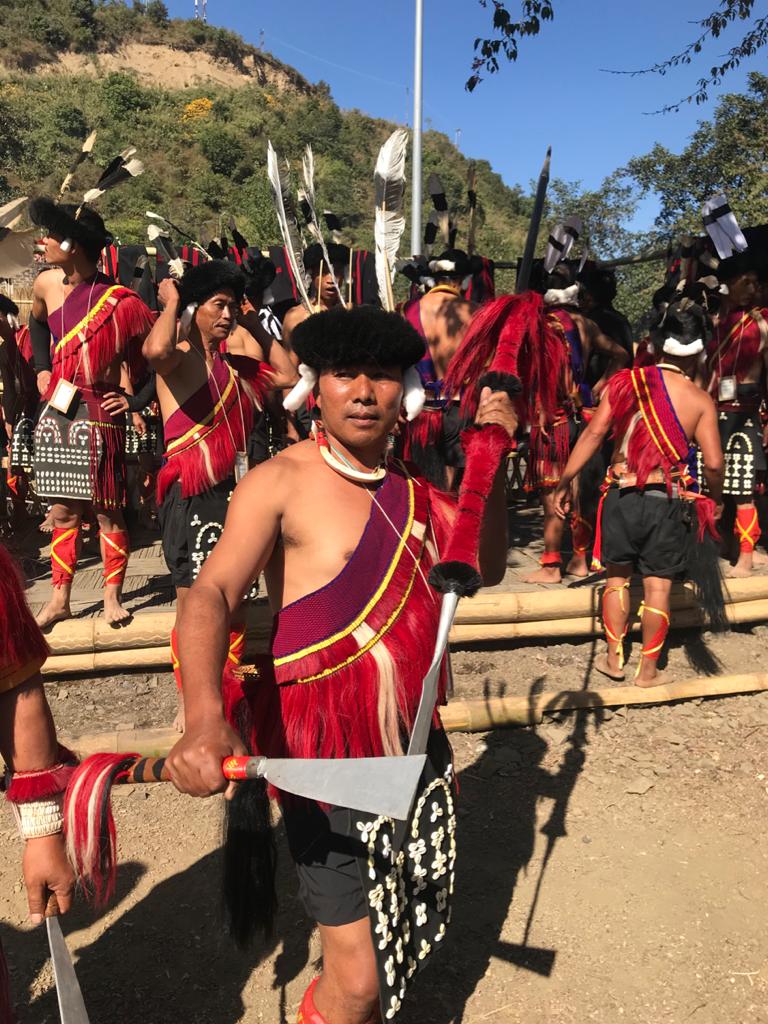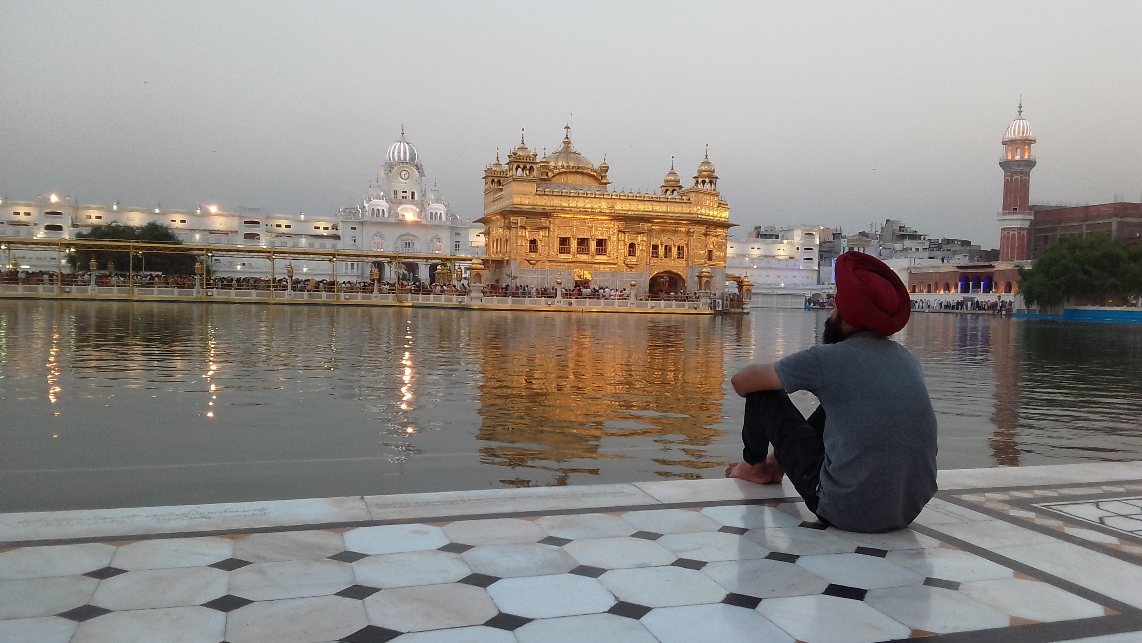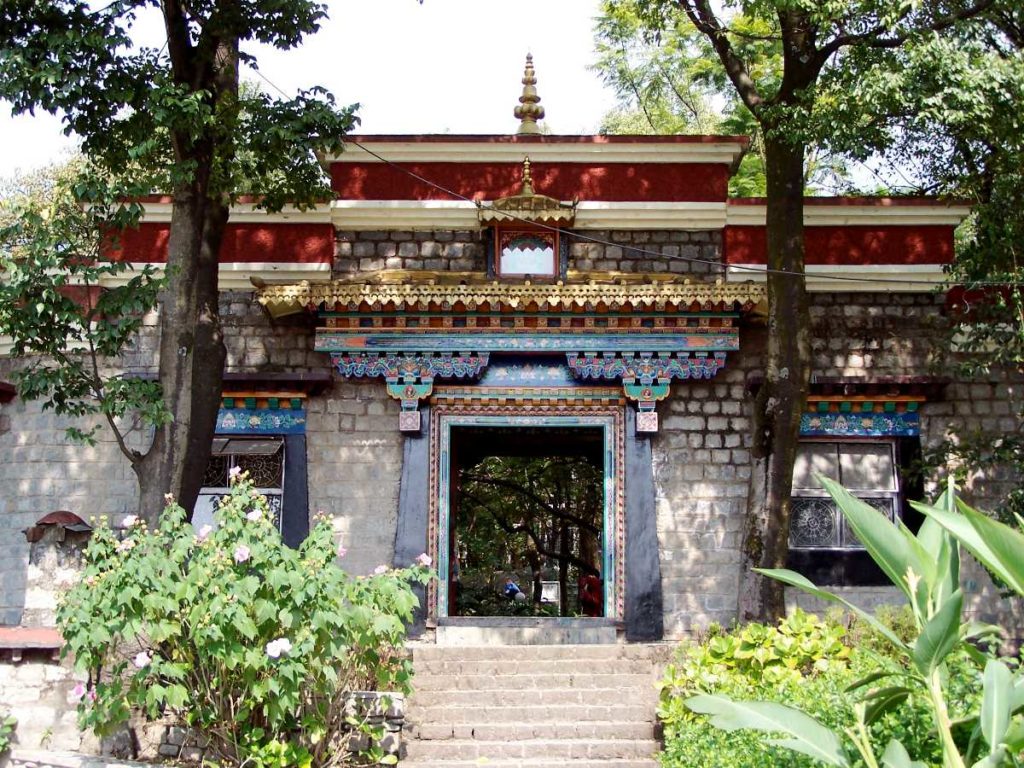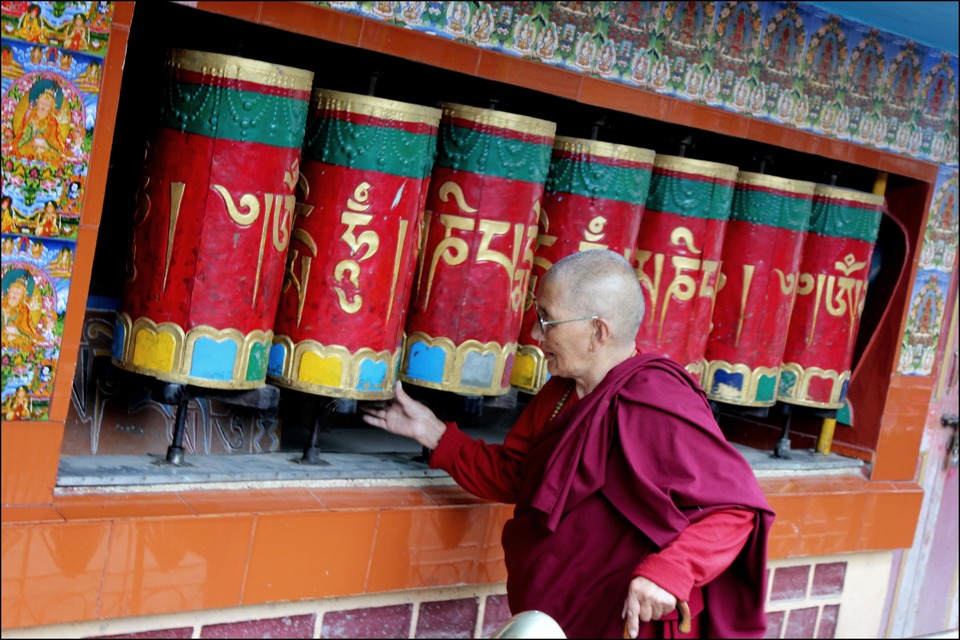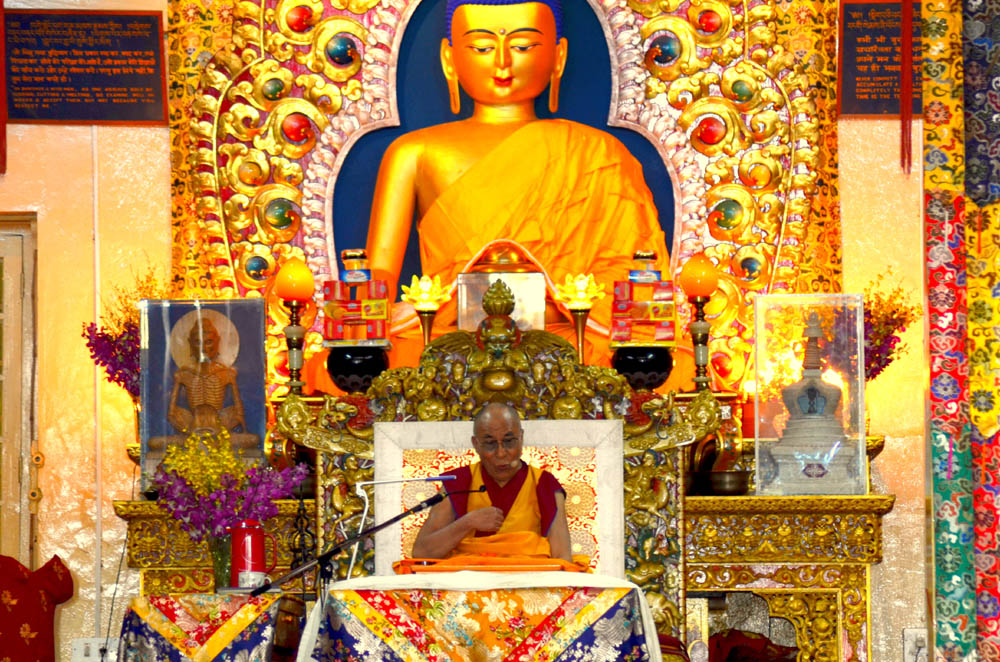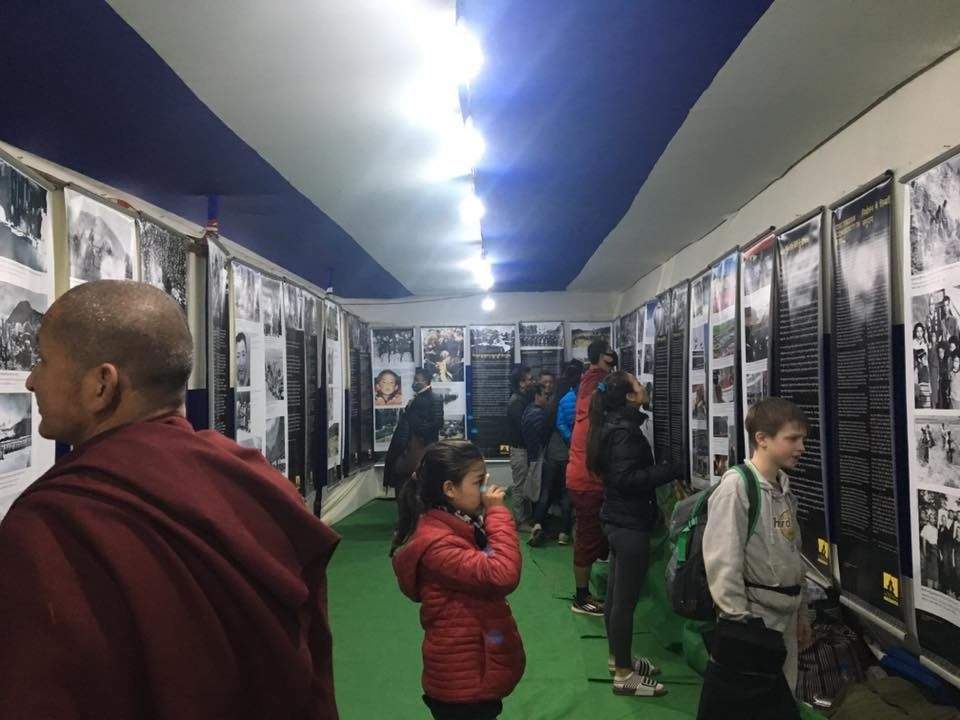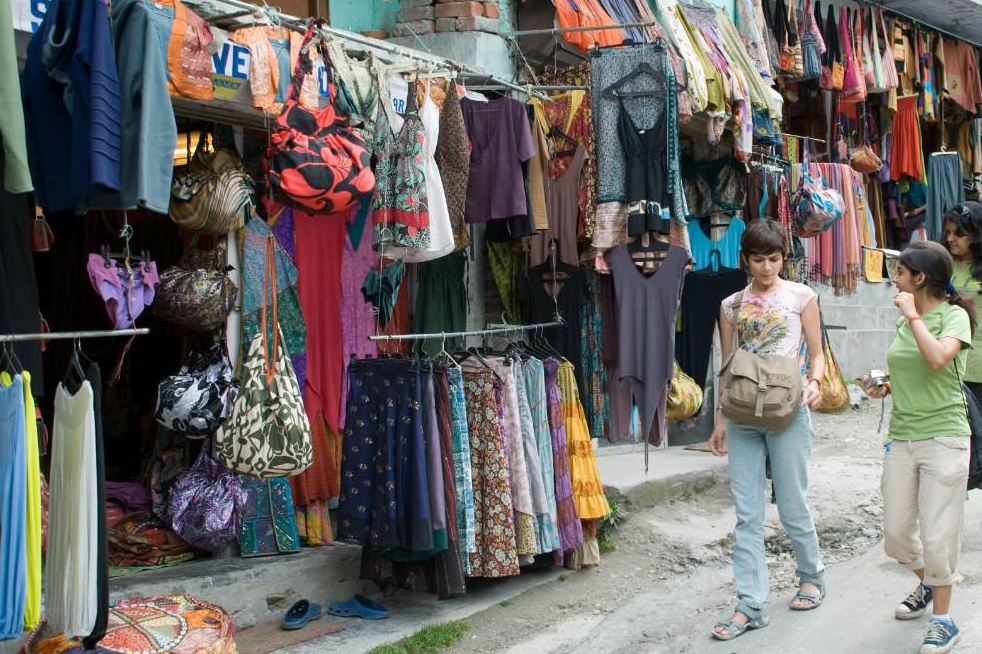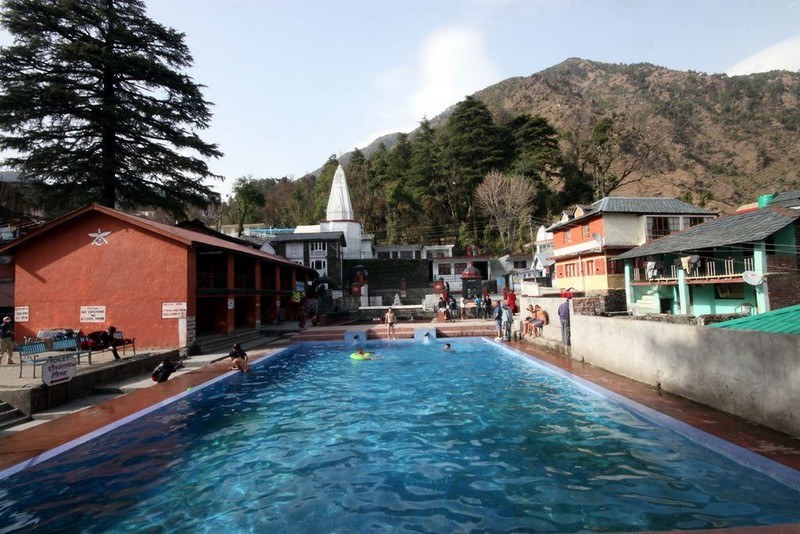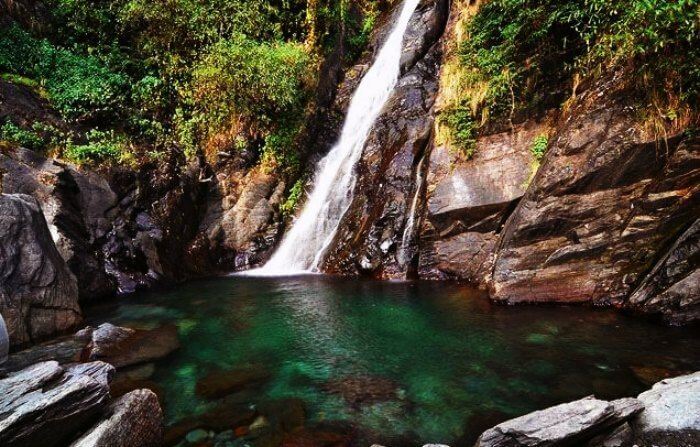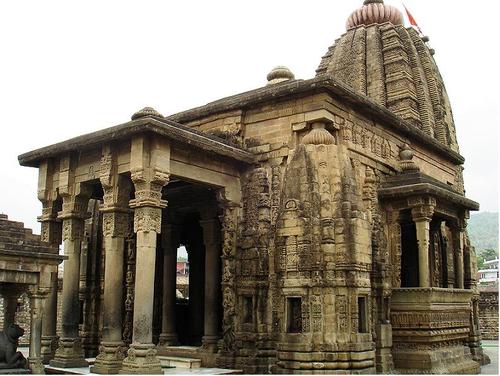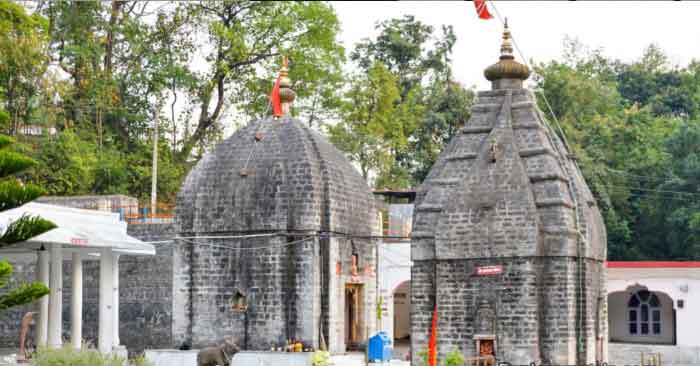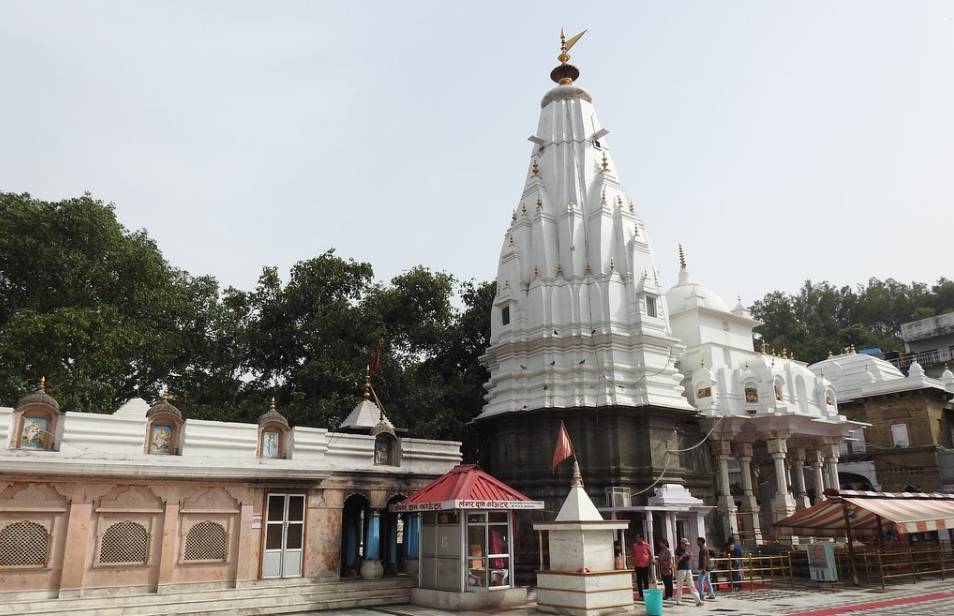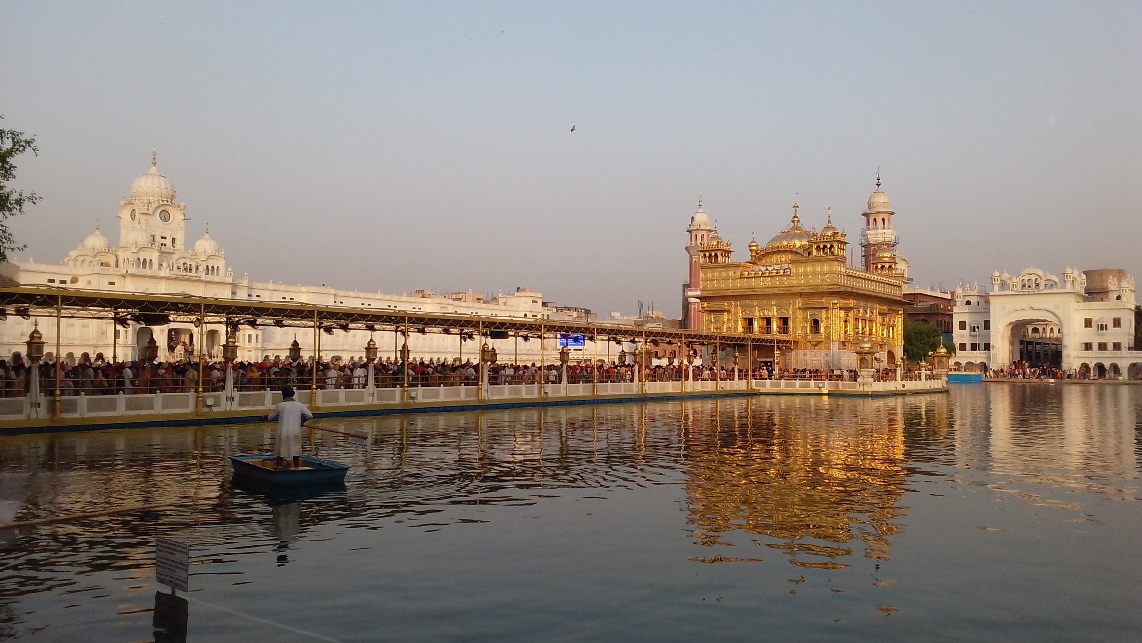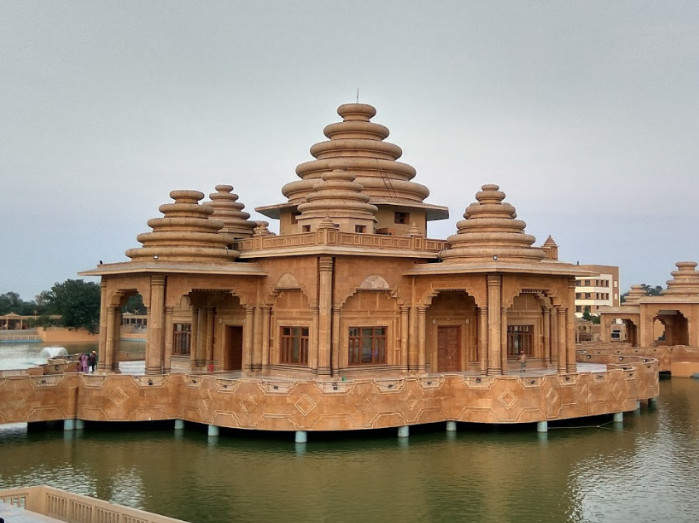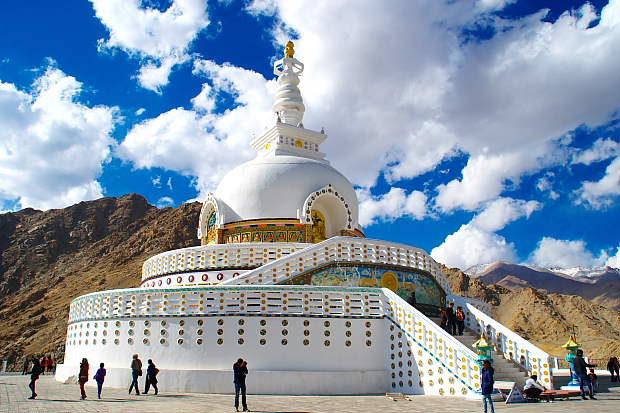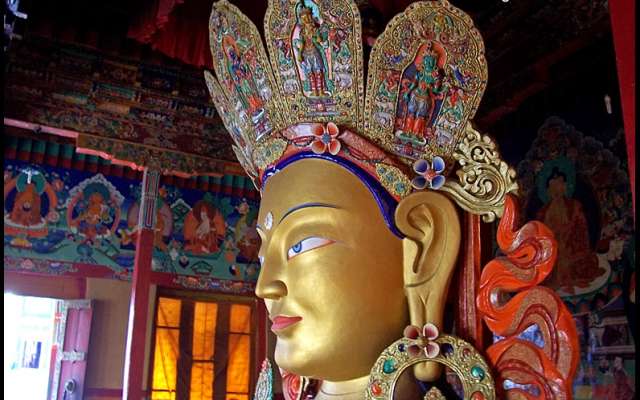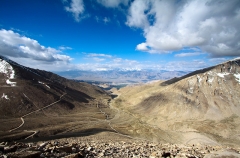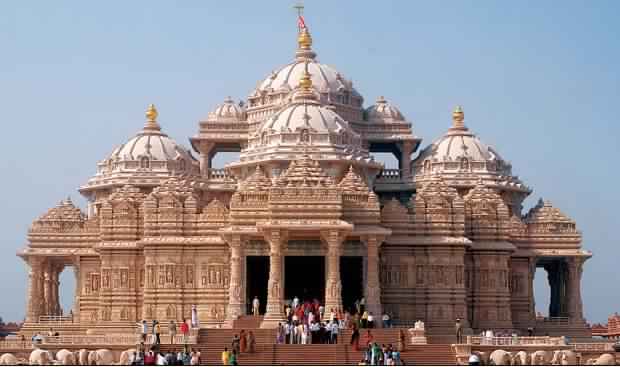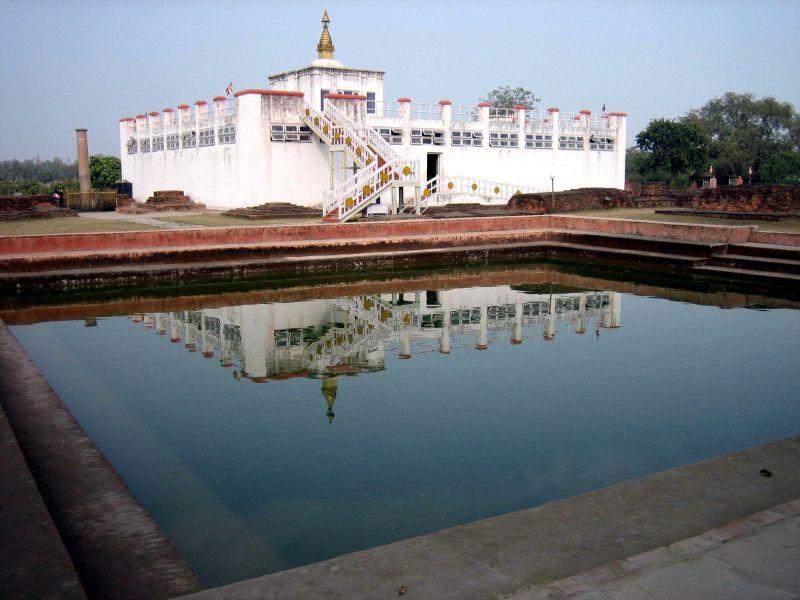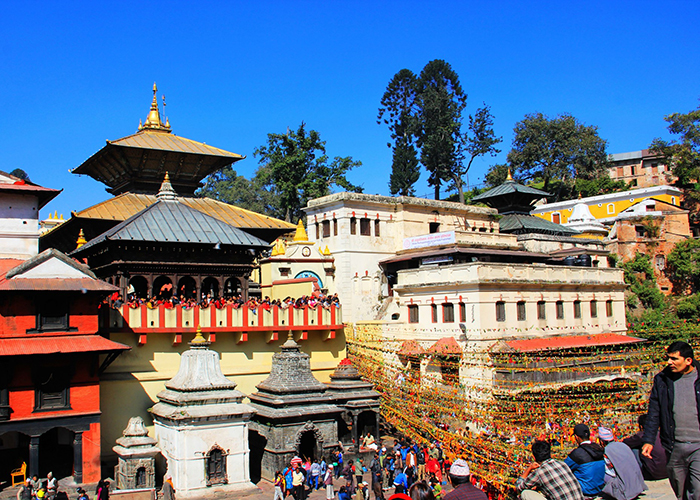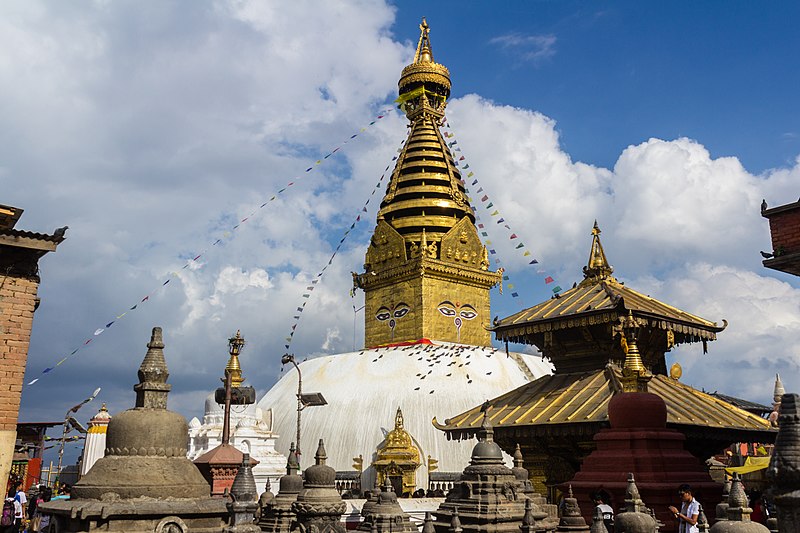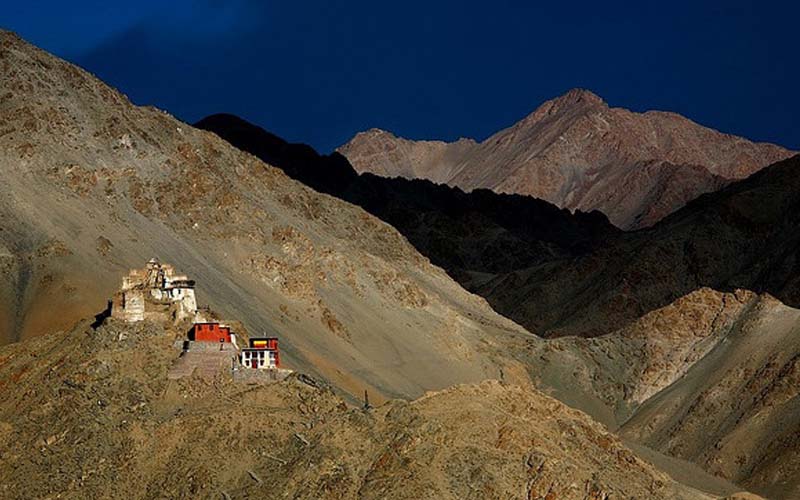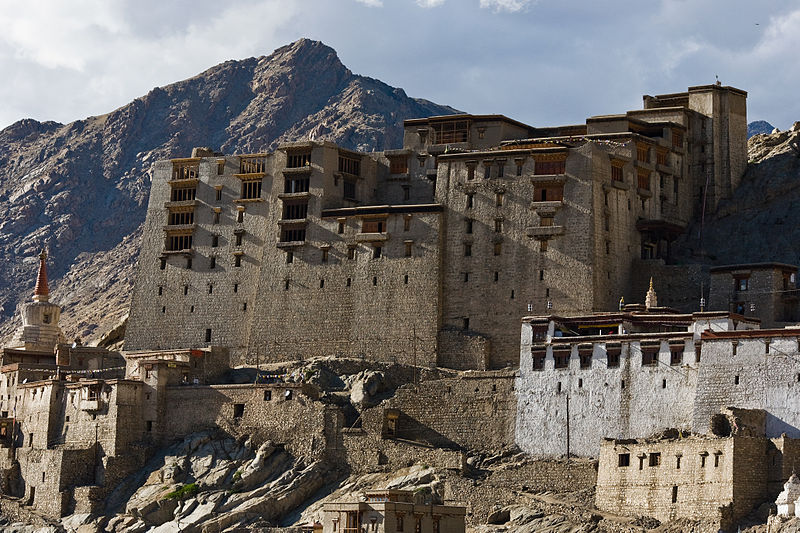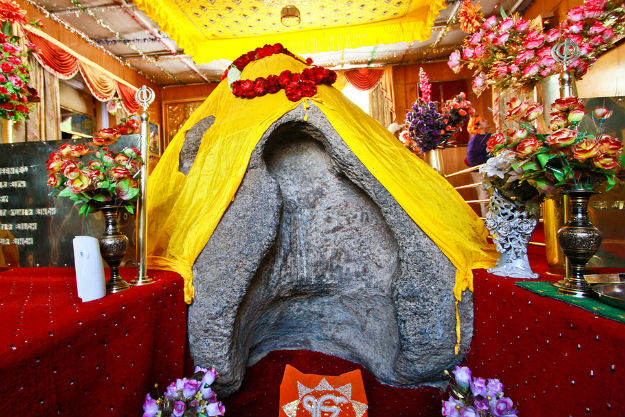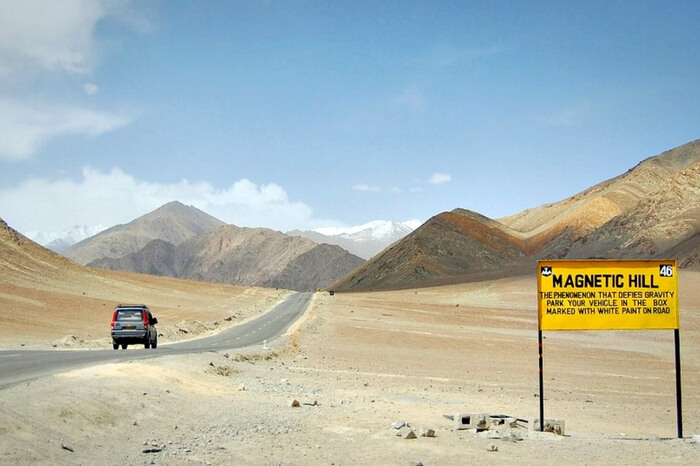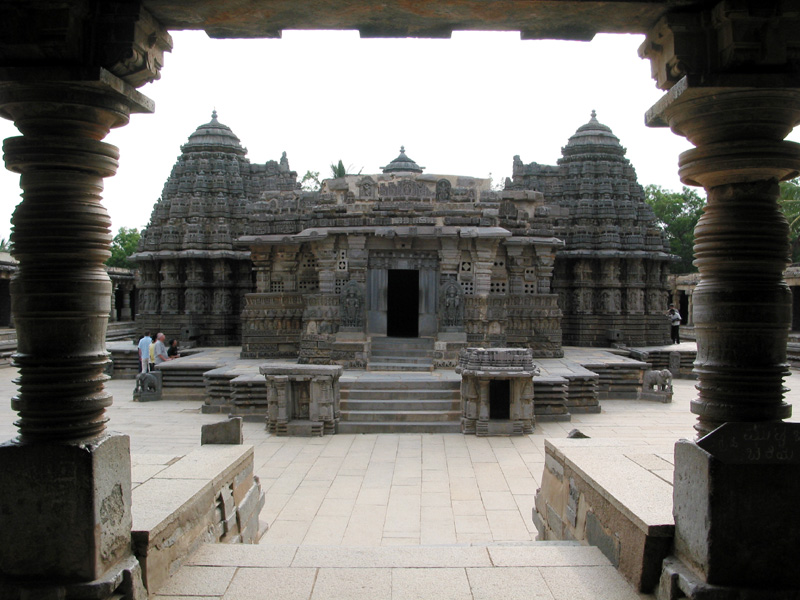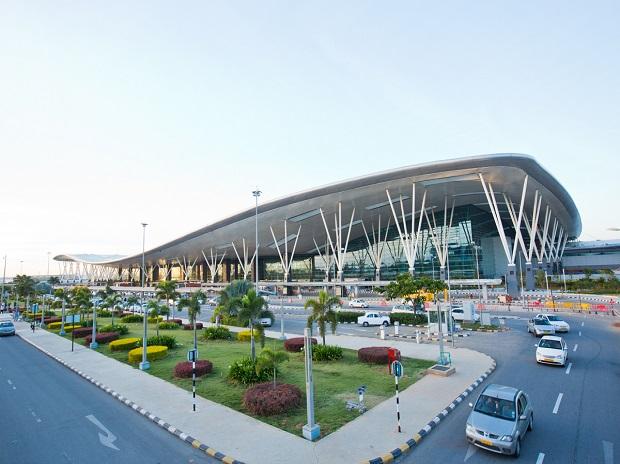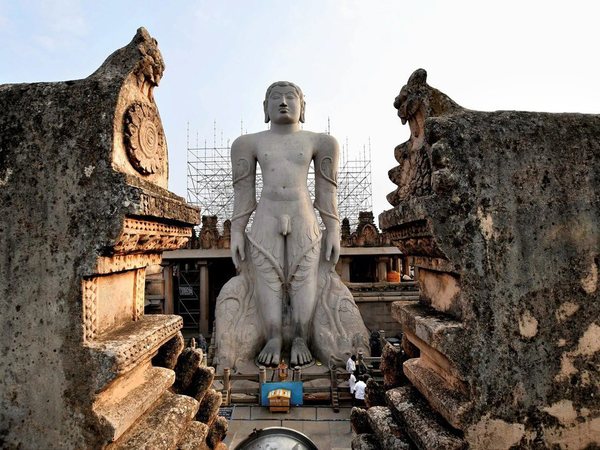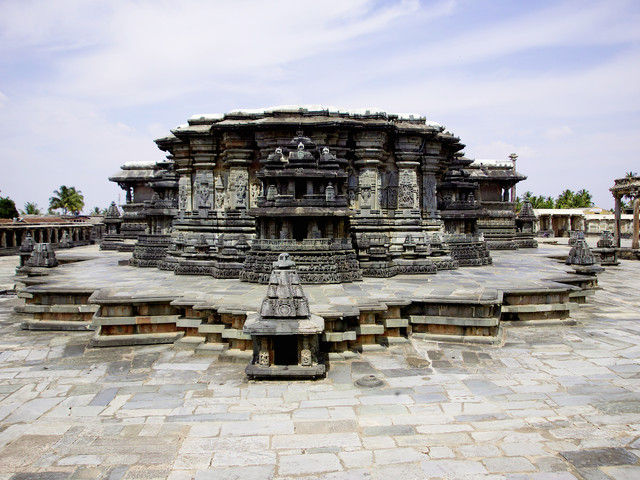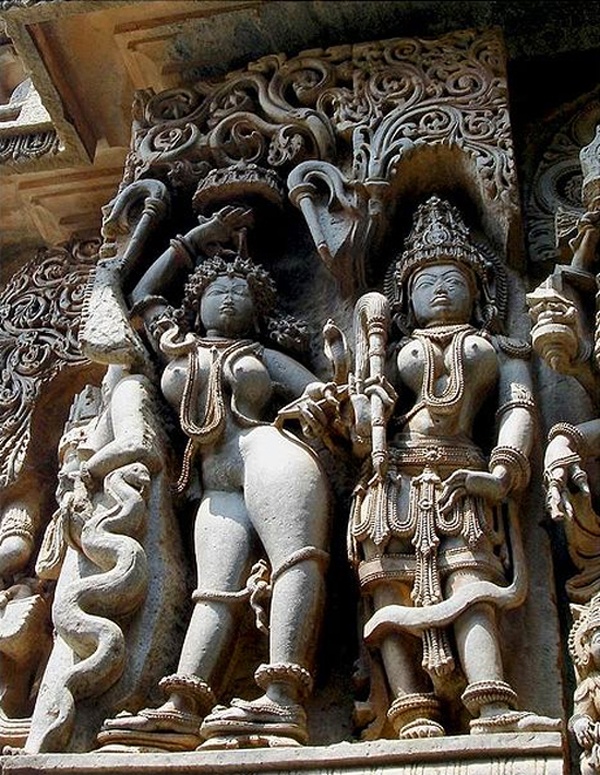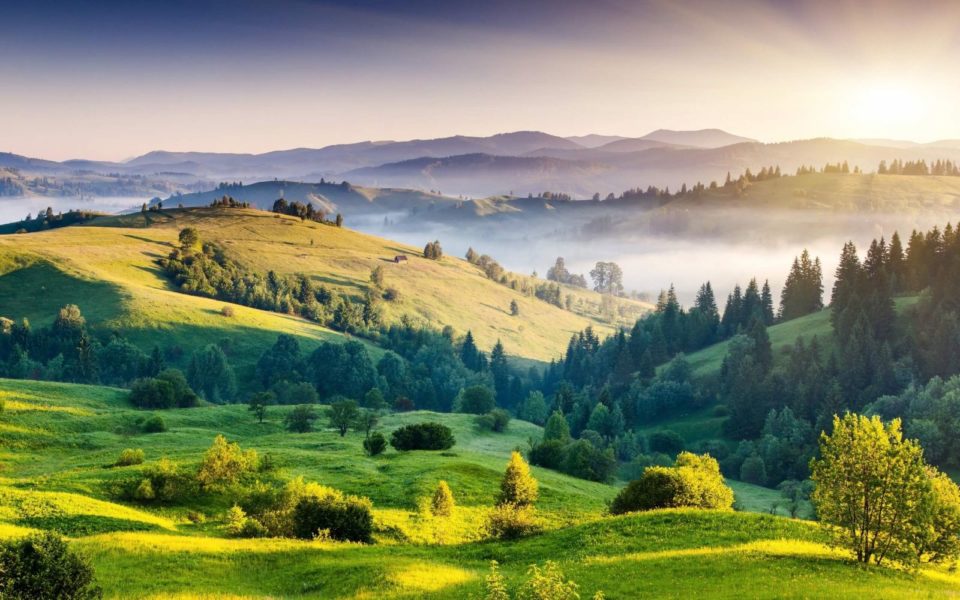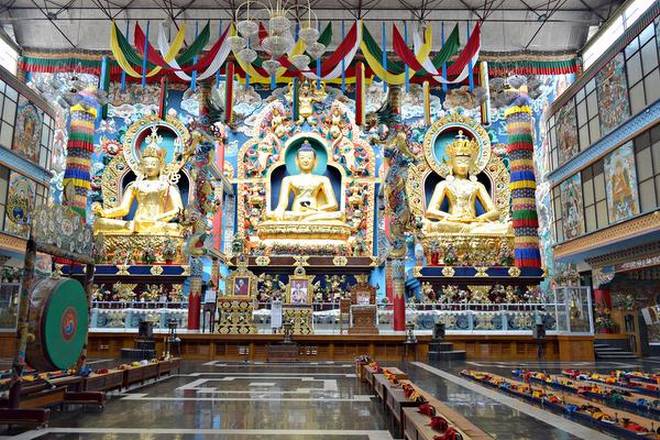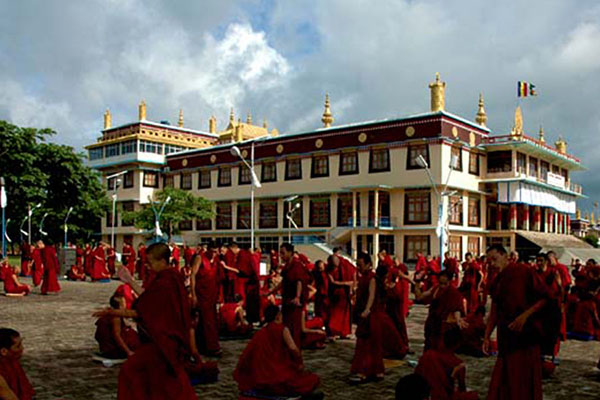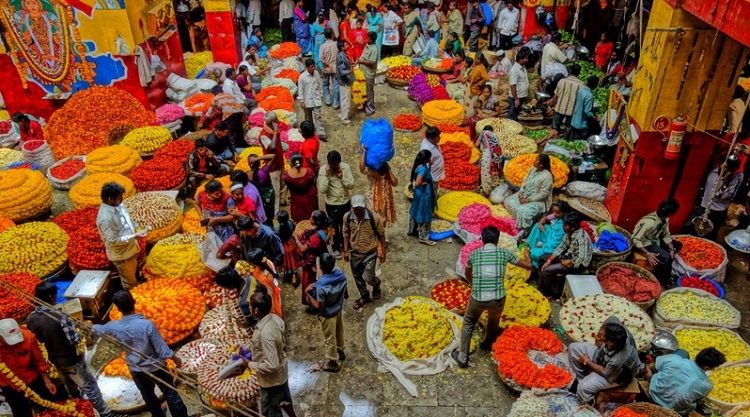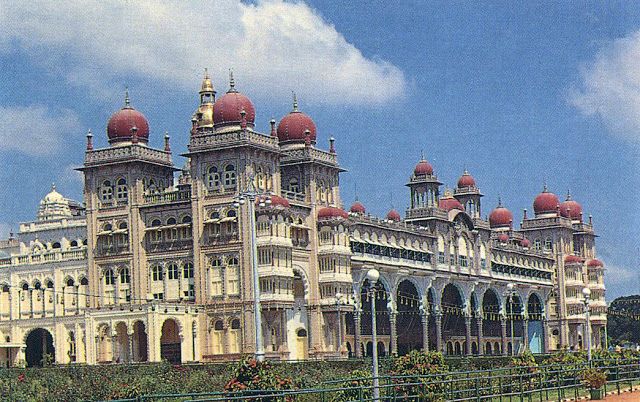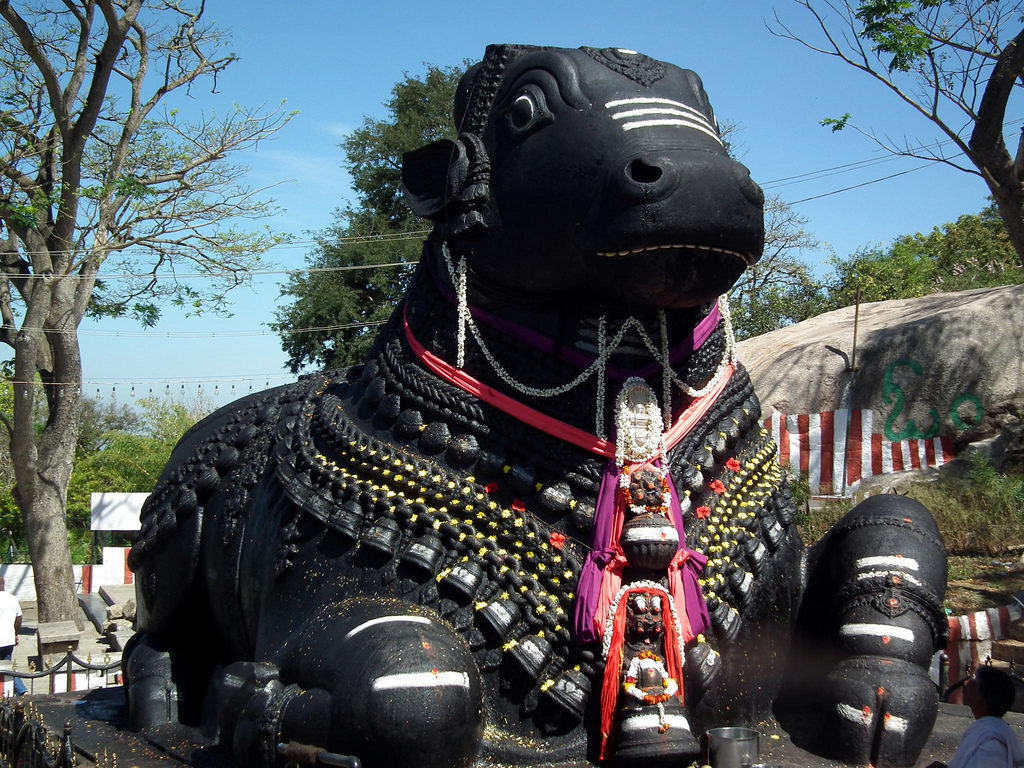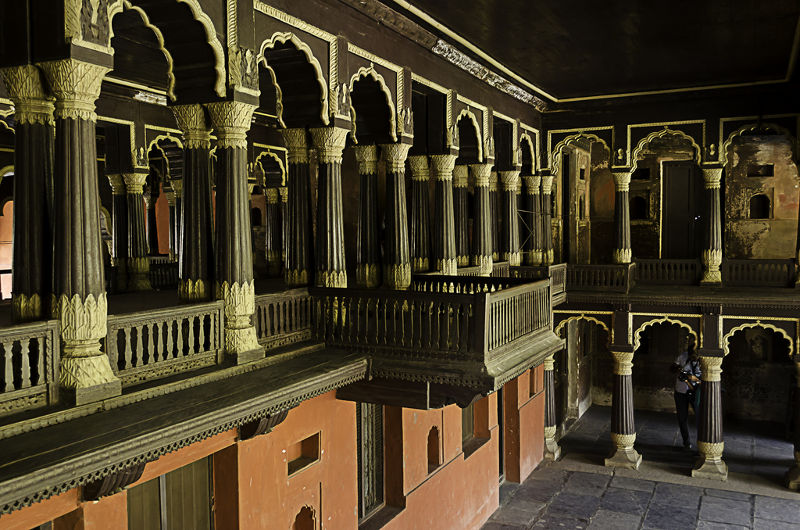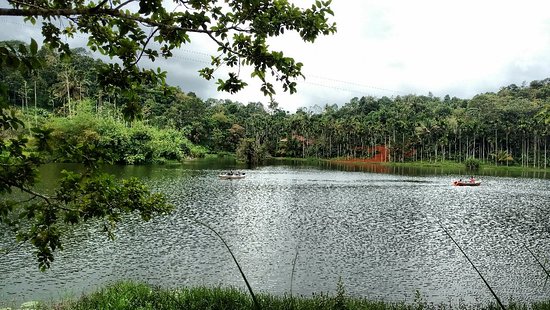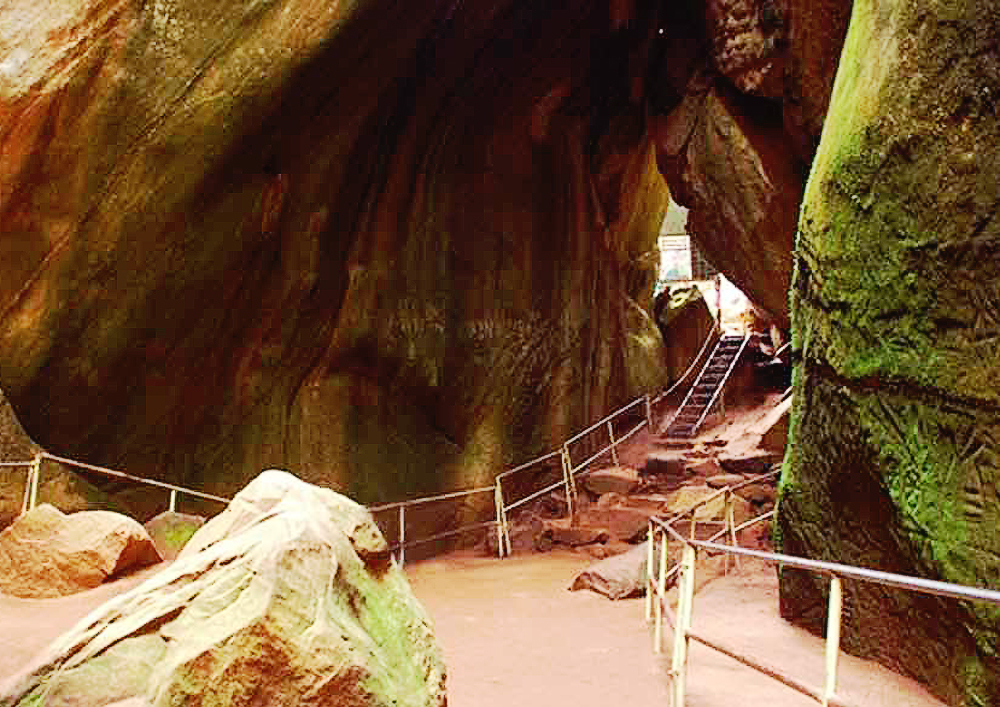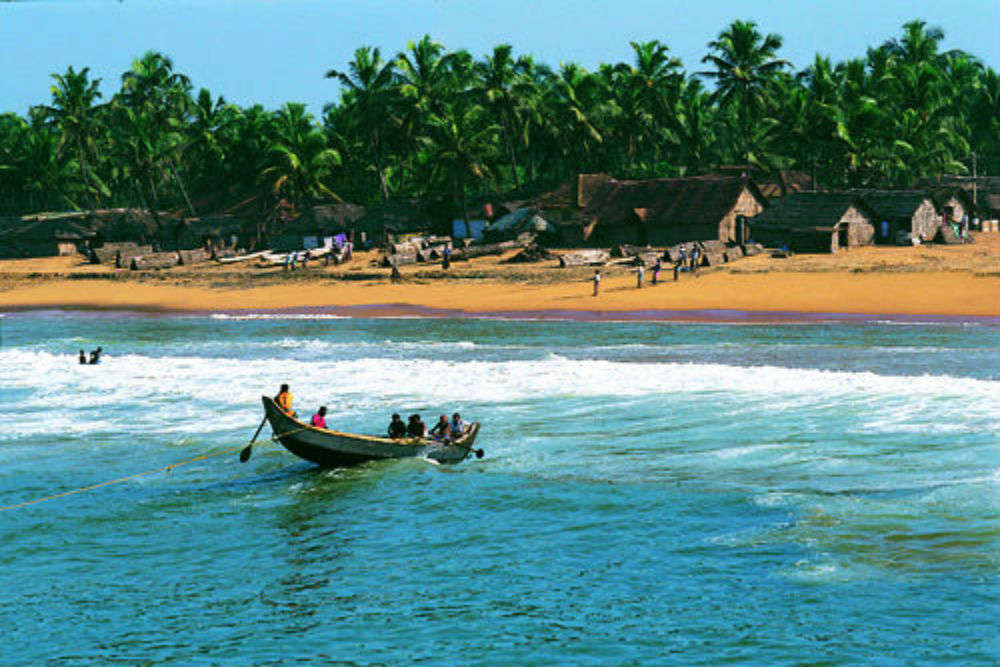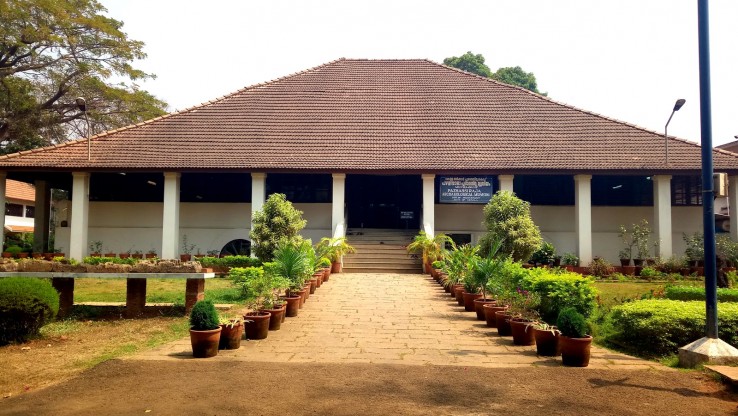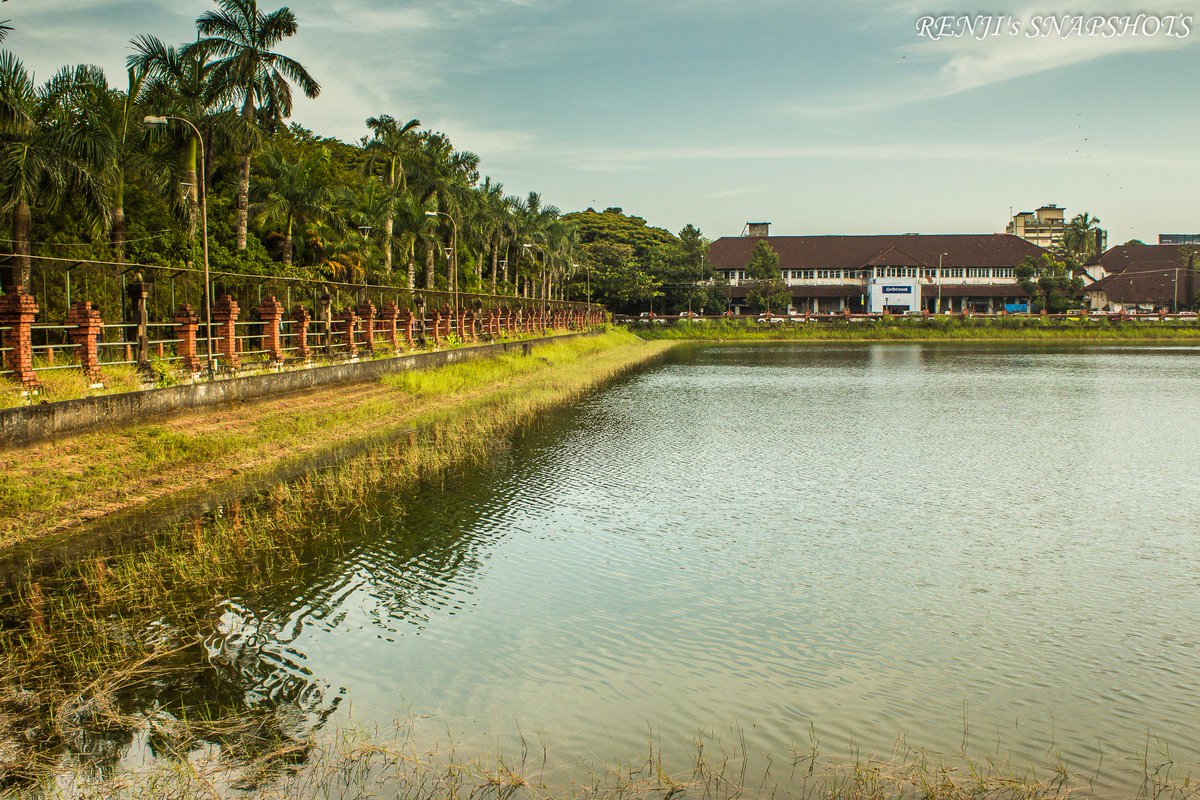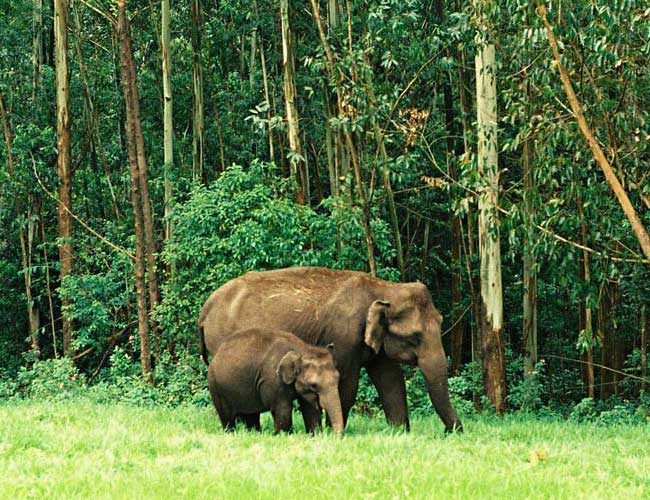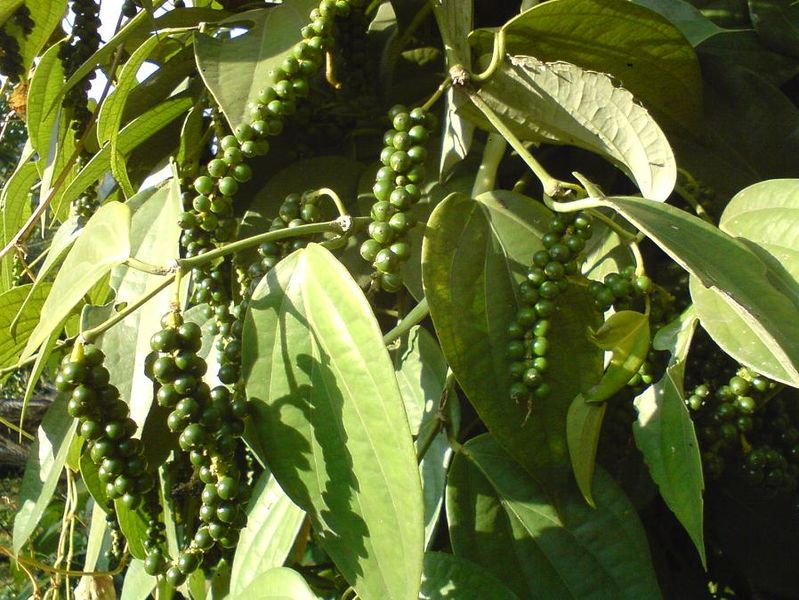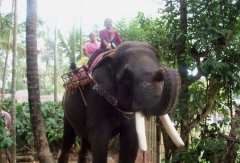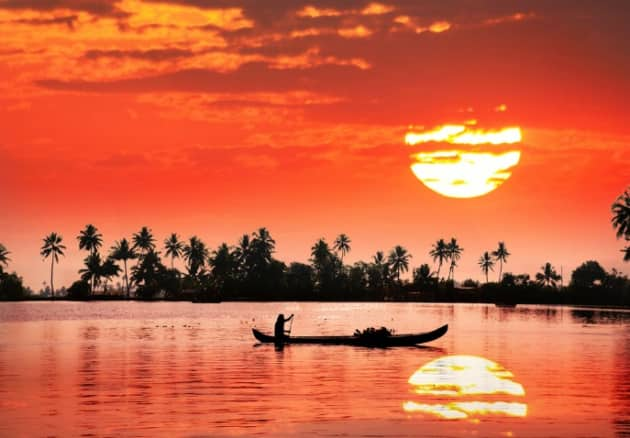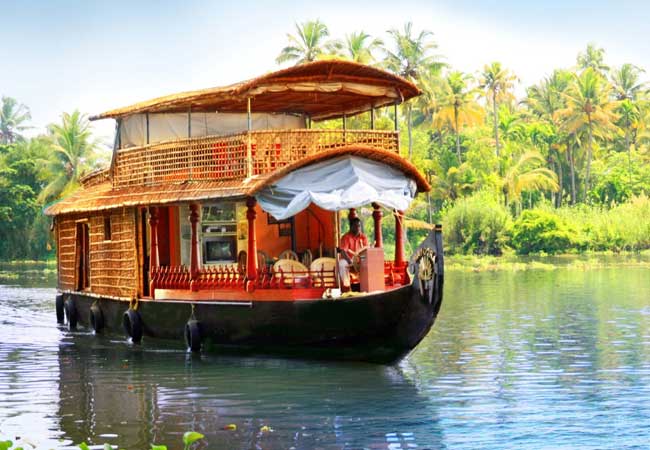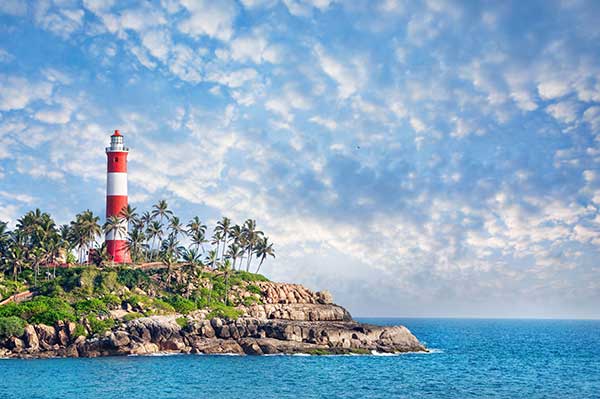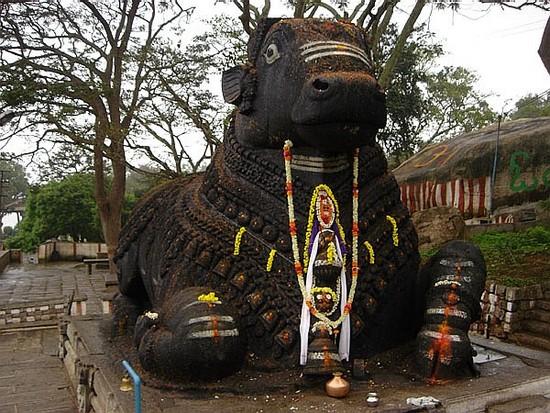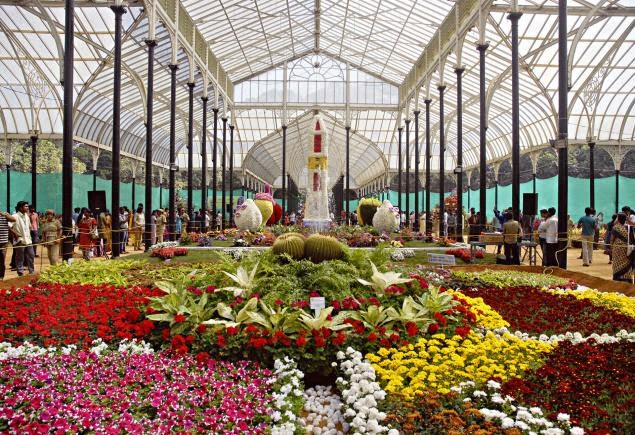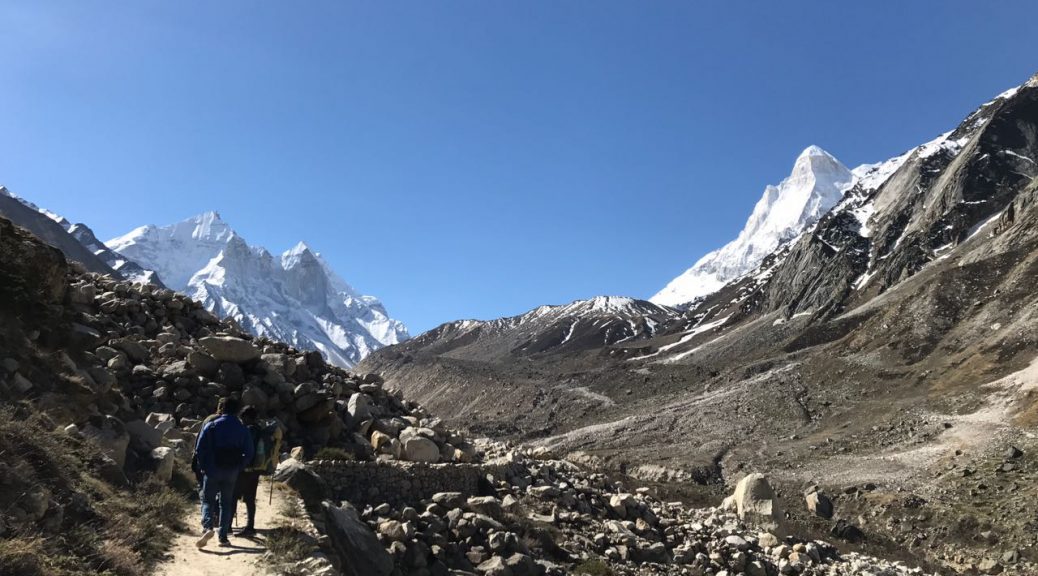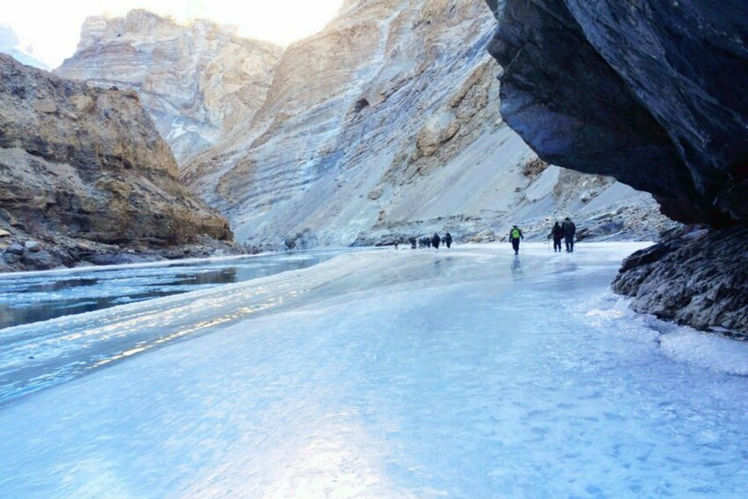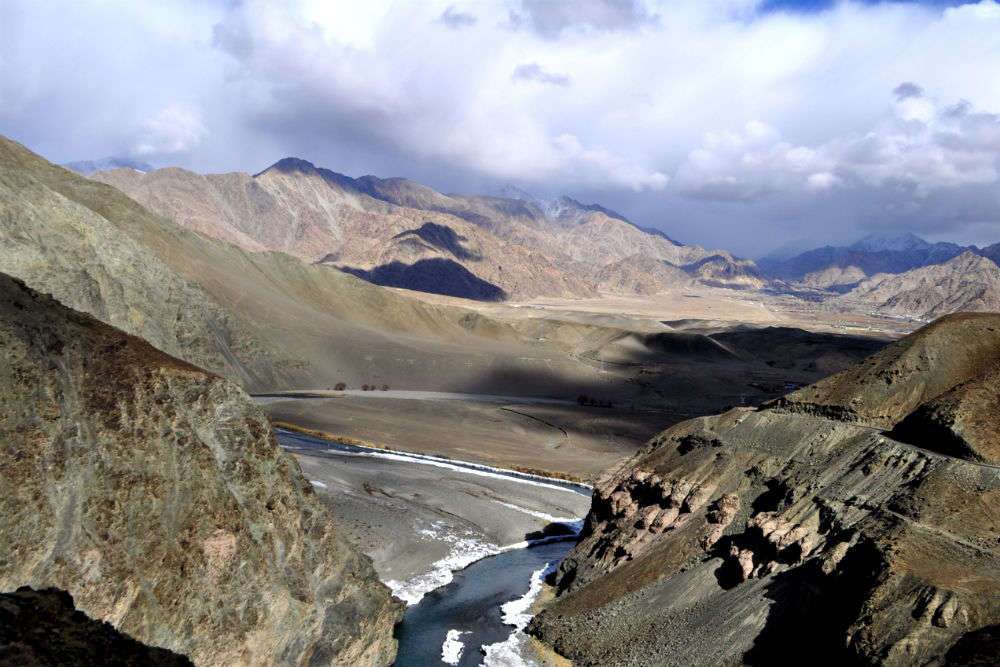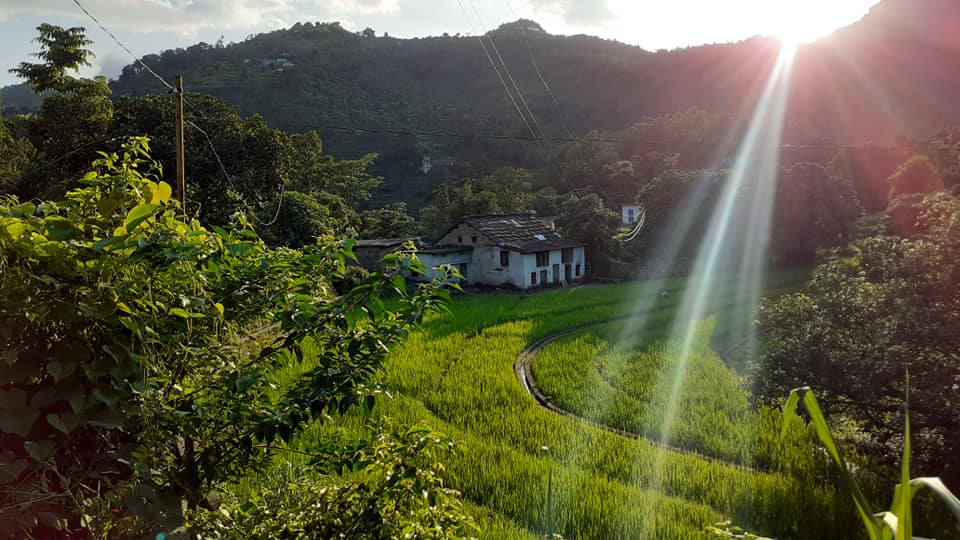Experience the essence of South India on this captivating 14-day journey.
Tour Overview
Embark on a cultural odyssey through Chennai, a vibrant metropolis blending old-world charm and modern efficiency. Explore the historic Fort St. George, the oldest Anglican church in India, and the captivating Kapaleeswarar Temple. Journey to Mahabalipuram, a treasure trove of ancient rock temples, where you’ll witness stunning carvings like the Five Rathas and Bhagiratha’s Penance.
Traverse to Pondicherry, an enclave of French elegance, with visits to Sri Aurobindo Ashram and the Pondicherry Museum showcasing Roman artifacts. Continue to Trichy, a blend of history and spirituality, and encounter the awe-inspiring Rock Fort Temple. Marvel at Madurai’s resplendent Meenakshi Temple and experience its vibrant streets. Cruise the serene waters of Periyar Lake amidst lush landscapes and spot wildlife in the Periyar Wildlife Sanctuary. Immerse yourself in the enchanting backwaters of Kumarakom aboard a traditional houseboat.
Discover the cultural riches of Cochin, from Jewish synagogues to bustling Chinese fishing nets, and witness a captivating Kathakali dance performance. Relax on the sun-kissed beaches of Goa, experiencing its unique blend of Portuguese and Indian influences. Conclude your journey in Mumbai, the bustling financial hub, exploring iconic landmarks like Victoria Terminus and the Gateway of India. Uncover the multifaceted beauty and heritage of South India on this unforgettable expedition.
Destinations Covered
Chennai: Your journey begins in Chennai, a vibrant metropolis that seamlessly blends old-world charm with modern efficiency. Explore the historic Fort St. George, visit the oldest Anglican church in India – St. Mary’s, and soak in the beauty of Marina Beach. Experience the Dravidian culture and architecture at the Kapaleeswarar Temple and Government Museum.
Mahabalipuram: A coastal town known for its UNESCO-listed monuments and rock-cut temples. Marvel at the intricate carvings of the Five Rathas, explore the ancient Shore Temple by the sea, and admire the massive bas-relief of Bhagiratha’s Penance depicting scenes from the Mahabharata.
Pondicherry: Immerse yourself in the French charm of Pondicherry. Visit the serene Sri Aurobindo Ashram and the Pondicherry Museum. Explore the Church of the Sacred Heart of Jesus and stroll through the quaint streets lined with colonial architecture.
Tanjore (Thanjavur): Delve into the rich history of the Chola Empire as you visit the grand Brihadishwara Temple, a masterpiece of Dravidian architecture. Discover the Rock Fort Temple in Tiruchirappalli and witness the stunning architecture of Srirangam Island.
Madurai: Explore the spiritual heart of South India with a visit to the Meenakshi Temple, adorned with vibrant sculptures. Discover the Thirumalai Nayak Palace and witness the mesmerizing evening Aarti ceremony.
Thekkady: Immerse yourself in the natural beauty of Thekkady’s wildlife sanctuary. Enjoy a boat ride on Periyar Lake, where you might spot herds of wild elephants, sambar deer, and various bird species.
Kumarakom: Experience the tranquility of Kumarakom’s backwaters. Explore the Kumarakom Bird Sanctuary, home to a variety of bird species, and relax amidst the serene surroundings.
Alleppey: Embark on a unique houseboat journey through the picturesque backwaters of Kerala. Sail past lush landscapes and charming villages, offering an authentic glimpse into local life.
Cochin: Explore the historic city of Cochin, where you’ll witness the iconic Chinese fishing nets and visit attractions like the Jewish Synagogue, Dutch Palace, and St. Francis Church. Witness a captivating Kathakali dance performance and soak in the vibrant cultural scene.
Goa: Unwind on the golden beaches of Goa and delve into its rich history. Visit the Basilica of Bom Jesus, explore the churches of Old Goa, and enjoy the laid-back atmosphere of this coastal paradise.
Mumbai: Experience the bustling energy of Mumbai, India’s financial capital. Visit the Dhobi Ghats, drive past Malabar Hill, and witness the iconic Gateway of India. Explore the historic Victoria Terminus and catch a glimpse of the city’s diverse culture.
This 14-day journey through South India offers a kaleidoscope of experiences, from cultural heritage and spirituality to natural beauty and modern urban life. Each destination is a chapter in a remarkable travel tale that captures the essence of this diverse and captivating region.
Detailed Tour Plan
DAY 01: ARRRIVE CHENNAI BY: INT. FLIGHT
On Arrival at the Chennai airport, an INDUS TRIPS representative will receive you and transfer you to the hotel.
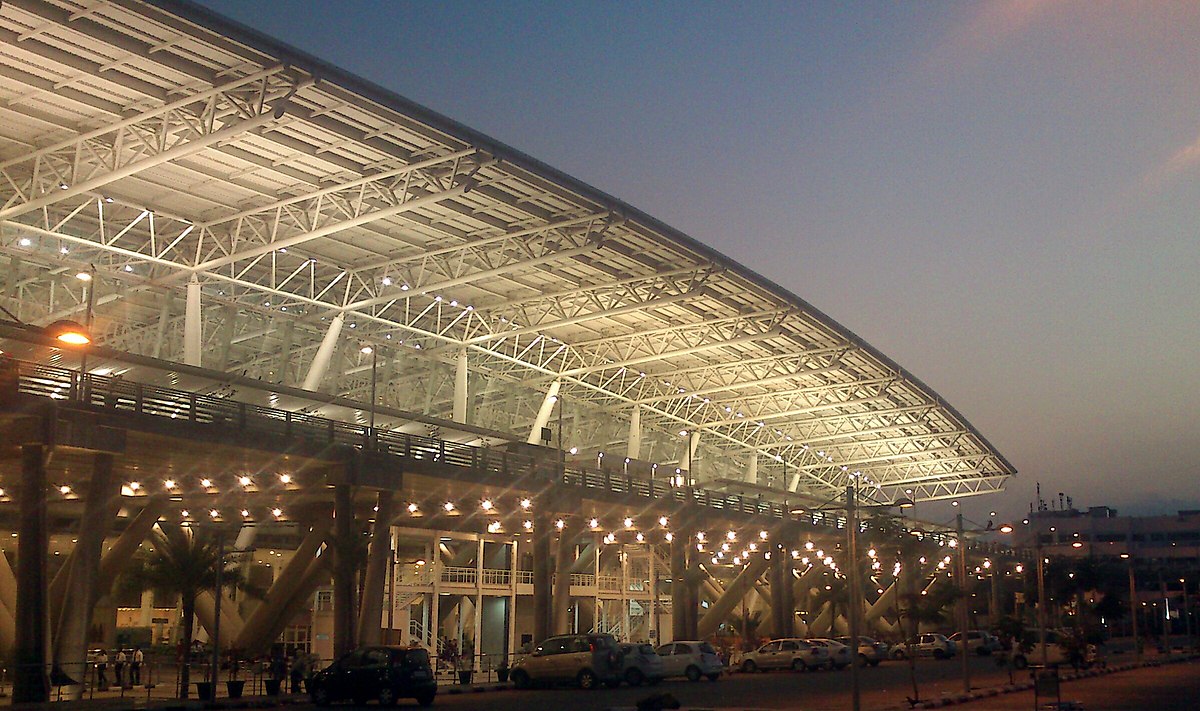
Chennai – More than a city, Madras is a potpourri of impressions: a fistful of color, a whiff of jasmine, the rustling of silk. It brings to mind the subtle, intricate variations of classical music, the evocative grace of Bharatanatyam and a spontaneity of bronzed Dravidian faces. Stray images chase one another: bold colour drawn into the pleats of the Kancheepuram sari; a neat, swaying, ebony plait crowned with a spray of flowers; complicated and exuberant sculpture lacing temple walls. The gateway to the south and the capital of the state of Tamil Nadu, Madras or Chennai is a vibrant metropolis and a combination of old world charm and modern day efficiency.
Overnight at the hotel
DAY 02: CHENNAI – MAHABALIPURAM BY: SURFACE
Morning after breakfast at the hotel, proceed for sightseeing tour of Chennai visiting fort St. George, the seat of the state government and the legislative assembly. The fort was built in 1652 by the British East India Company. The fort contains the fort museum with its collection of memorabilia of the East India co.
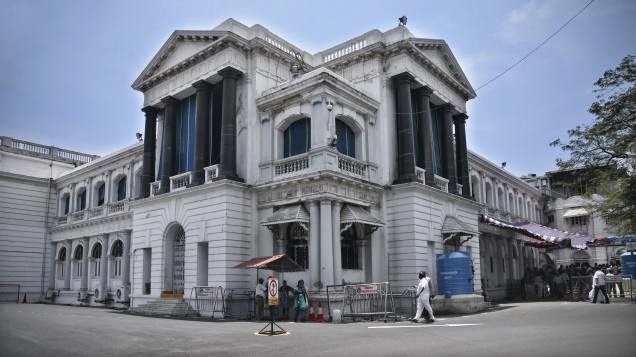
Also see St. Mary`s church the oldest surviving Anglican church in India. Very near to Fort St.George is the Indo Saracenic High Court building, said to be the largest judicial building in the world after the Courts of London.
Opposite the high courts lies the beautiful Marina beach. Proceed on to the Kapaleeswarar temple, a pure dravidian temple and one of the most ancient in Madras. Drive on to the Government museum with its galleries off chola Bronzes
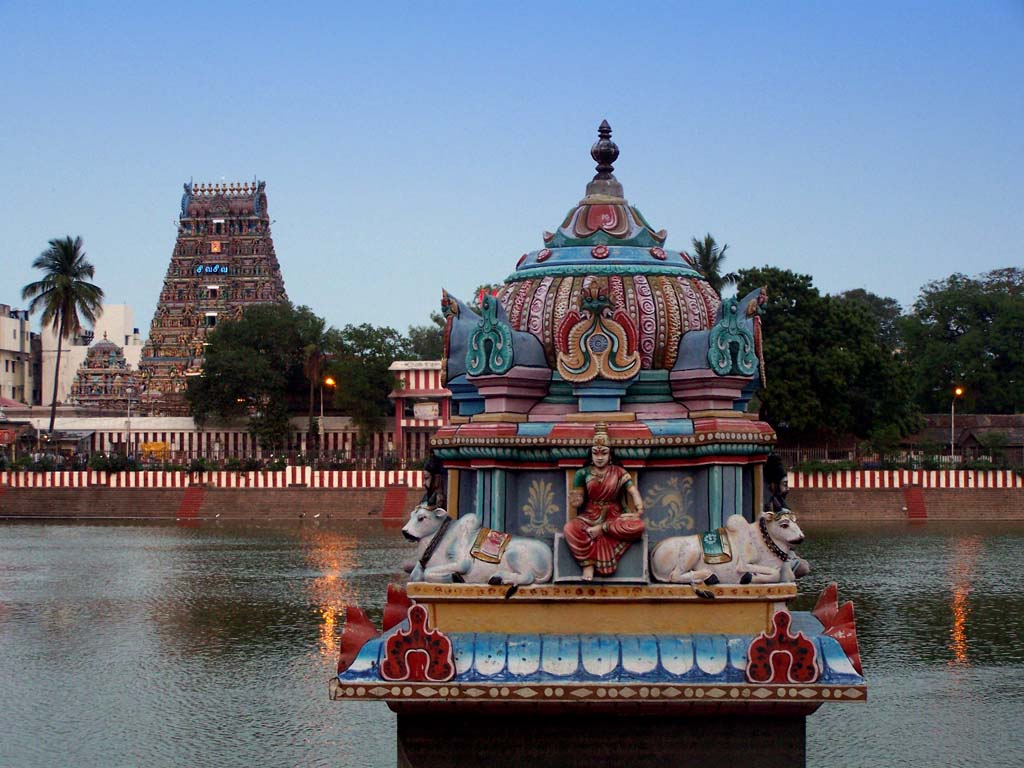
Later leave for Mahabalipuram (58 kms / 1.5 hrs) enroute visiting Kanchipuram.
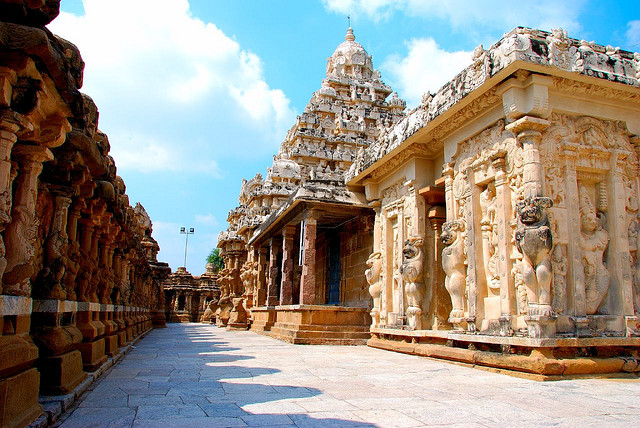
Kanchipuram is the ancient capital of the Pallavas famous as a city of 1000 Temples and still has 124 shrines. The first temple dedicated to Shiva was built in the 7th and 8th century and has paintings on the walls. Temples of Ekambaswara, Kailasanatha, Sri Kamakshi and Varadarajaswamy are of interest. Kanchipuram is also famous for its silks.
On arrival proceed to check in at the hotel.
Overnight at the hotel
DAY 03: MAHABALIPURAM – PONDICHEERY BY: SURFACE
After buffet breakfast visit the magnificent rock temples and carvings in Mahabalipuram.
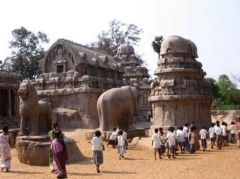 Five Rathas (chariots), ceremonial chariots, rock-cut monoliths, named after the 5 Pandavas. The Shore Temple by the sea surrounded by gardens designed according to descriptions of the original layout from ancient times. Built in sandstone in the 7th century. Bhagiratha’s Penance is a bas- relief (27 to 9m) sculptured on the face of two enormous adjacent rocks, depicts, the penance of Arjuna, myraid characters from the Mahabharata, realistic life-size figures of animals, gods and saints watching the descent of the river goddess Ganga to earth.
Five Rathas (chariots), ceremonial chariots, rock-cut monoliths, named after the 5 Pandavas. The Shore Temple by the sea surrounded by gardens designed according to descriptions of the original layout from ancient times. Built in sandstone in the 7th century. Bhagiratha’s Penance is a bas- relief (27 to 9m) sculptured on the face of two enormous adjacent rocks, depicts, the penance of Arjuna, myraid characters from the Mahabharata, realistic life-size figures of animals, gods and saints watching the descent of the river goddess Ganga to earth.
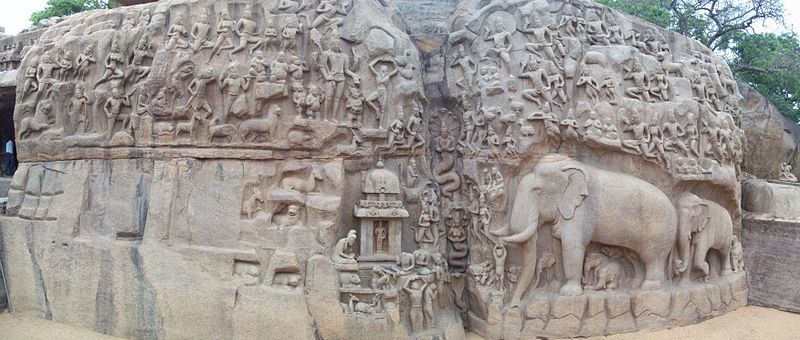
Later you will be driven from Mahabalipuram – Pondichery (120 kms / 04 – 05 hrs).
On arrival check in at hotel
Pondicherry was a French settlement that comprised Pondy, Yanam, Karaikal, and Mahe. There is a strong influence of French culture on Pondicherry town, especially on it’s architecture, a result of the centuries-old relations this place maintained with France.
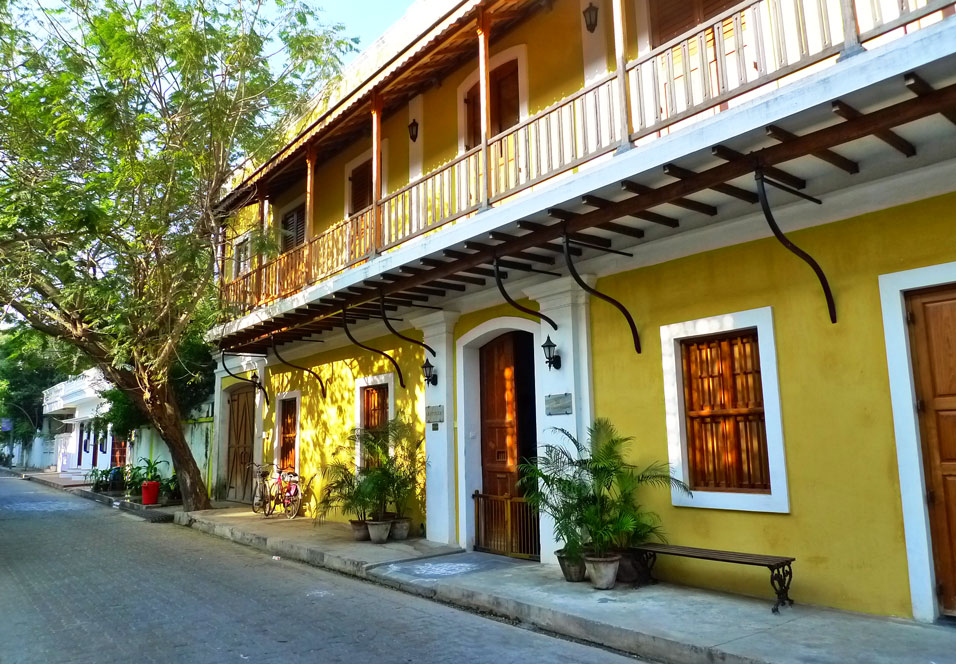
Afternoon sightseeing tour of Pondicherry visiting :-
Sri Aurobindo Ashram
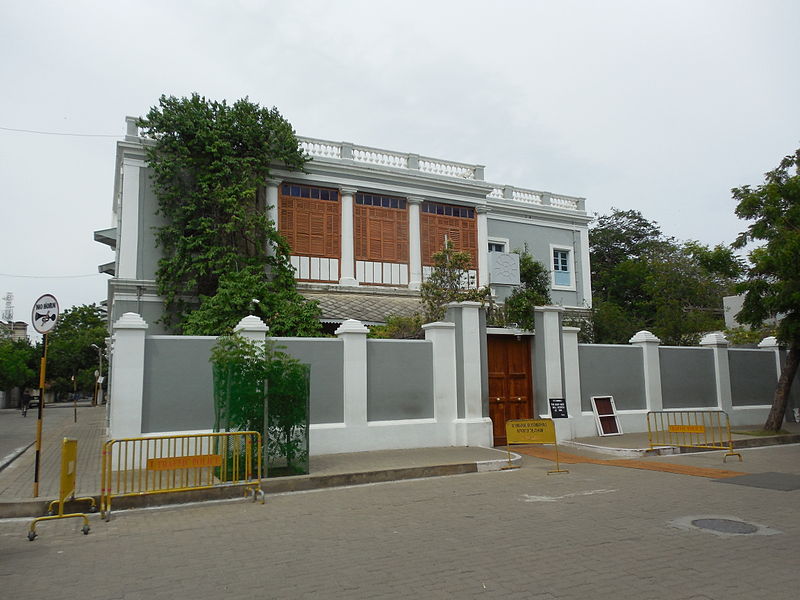
The ashram was founded in 1920 when Sri Aurobindo reached Pondicherry, a French colony and put in place his ideas of peaceful community. The ashram, for long, was run by his French companion Mirra Alfassa, universally known as the Mother. The ashram houses the samadhi of Sri Aurobindo and the mother and open to everybody for fixed hours every day.
Pondicherry Museum
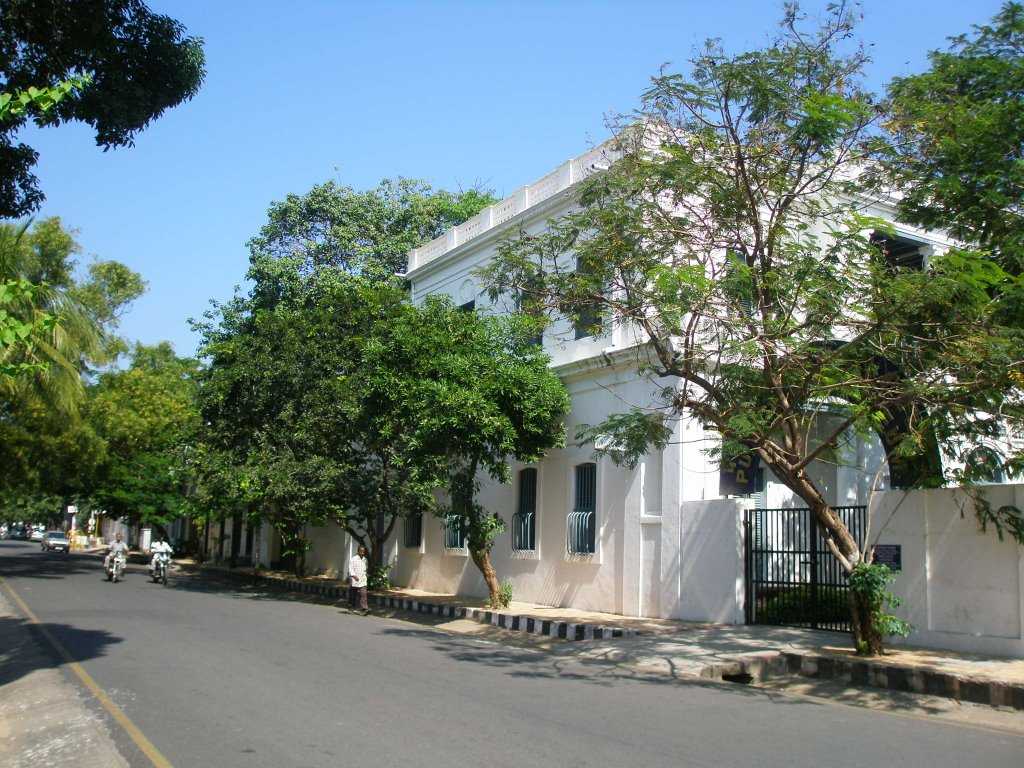
Situated in the Government Park, the Pondicherry Museum has a very good sculpture gallery and a section of archaeological finds from the Roman settlement at Arikamedu. There is also a French section charting the history of the colony. The objects include the four-poster bed in which Dupleix is believed to have slept. There is also a superb collection of the snail shells from the Pondicherry Region.
Church of the Sacred Heart of Jesus
Built in the Gothic style, this massive church is one of the most beautiful churches in Pondicherry.
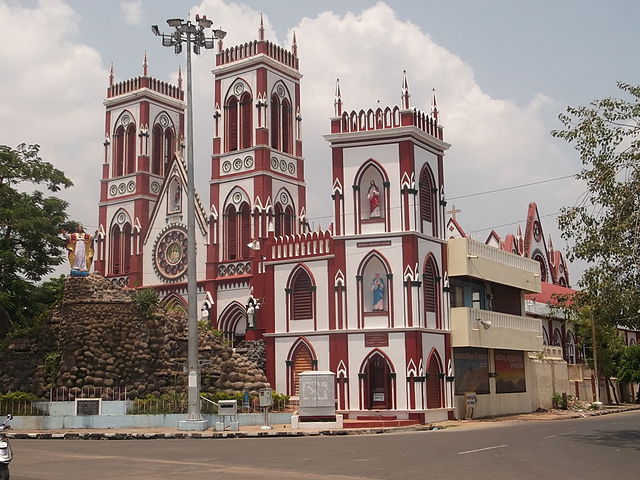
After visit return back to the hotel.
Overnight at the hotel.
DAY 04: PONDICHERRY – TRICHY BY: SURFACE
Buffet breakfast at the hotel drive to Tanjore (180 kms / 06 – 07 hrs) enroute visiting Chidambaram. Continue your drive to Tanjore & upon arrival, check-in at hotel.
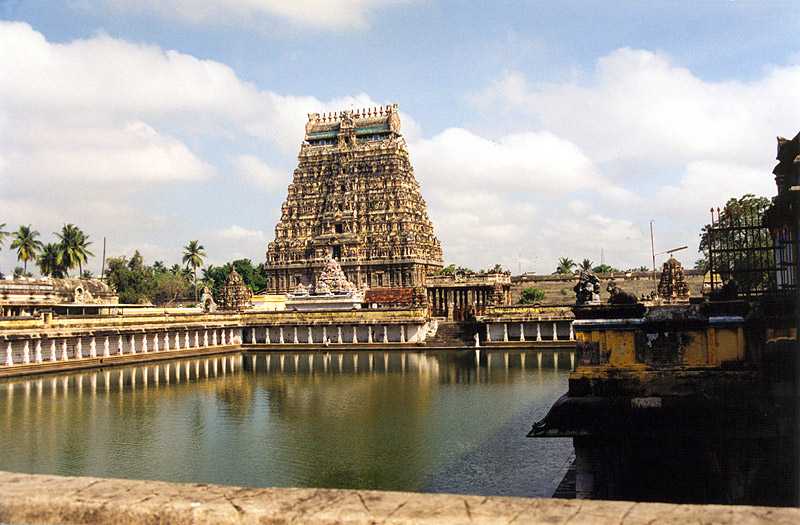
Thanjavur: was the ancient capital of the Chola kings whose origins, go back to the beginning of the Christian era. Power struggles between these groups were a constant feature of their early history, with one or other gaining the ascendancy at various times. The Cholas’ turn for empire building came between 850 and 1270 AD and, at the height of their power. Probably the greatest chola emperors were Raja who was responsible for building the Brihadishwara Temple (Thanjavur main attraction) and his son Rajendra- I whose navy competed with the Arabs for controls of the Indian Ocean trade routes and who was responsible for bringing Srivijaya under Chola control.
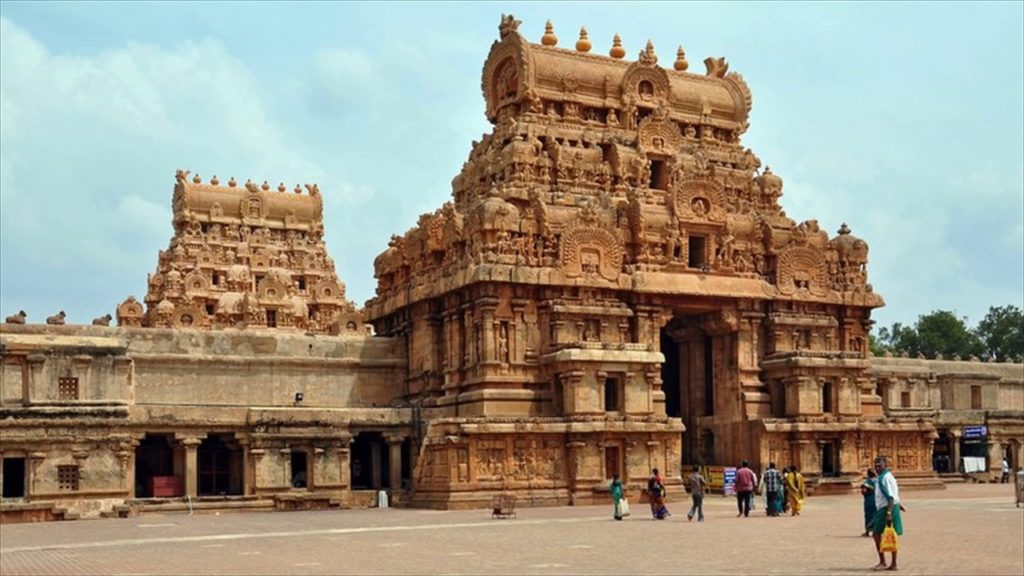
Proceed for sightseeing tour of Tanjore – was the capital of the Chola Empire from the tenth to the fourteenth centuries. A Chola king, Raja Chola, who held the throne from 985 to 1016, built the greatest of the empire’s 74 temples, the Brahadeeswarar, with its soaring tower over the inner sanctum. This tower rises more than 62 meters (200 feet). On its dome rests a single block of granite weighing 80 tons
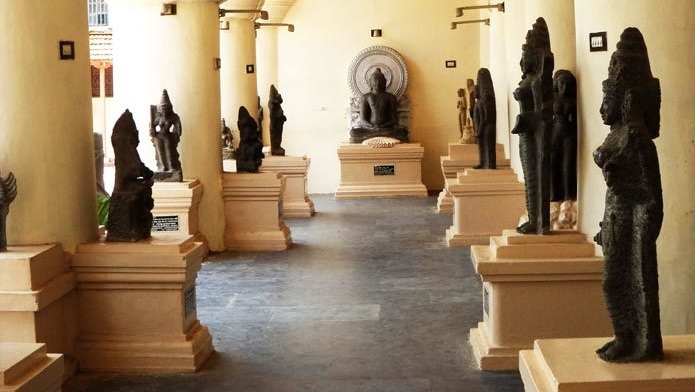
Later drive to Trichy (55 kms / 01 hrs)
Tiruchirappalli is situated in center Tamil Nadu, on the banks of the Cauvery river. It is 320 km from Madras and 150 km from Madurai. It was a Chola citadel during the Sangam Age and was also briefly ruled by the Pallavas and the Pandyas. Today, Trichy is a blend of history, a pilgrim center and a thriving commercial city.
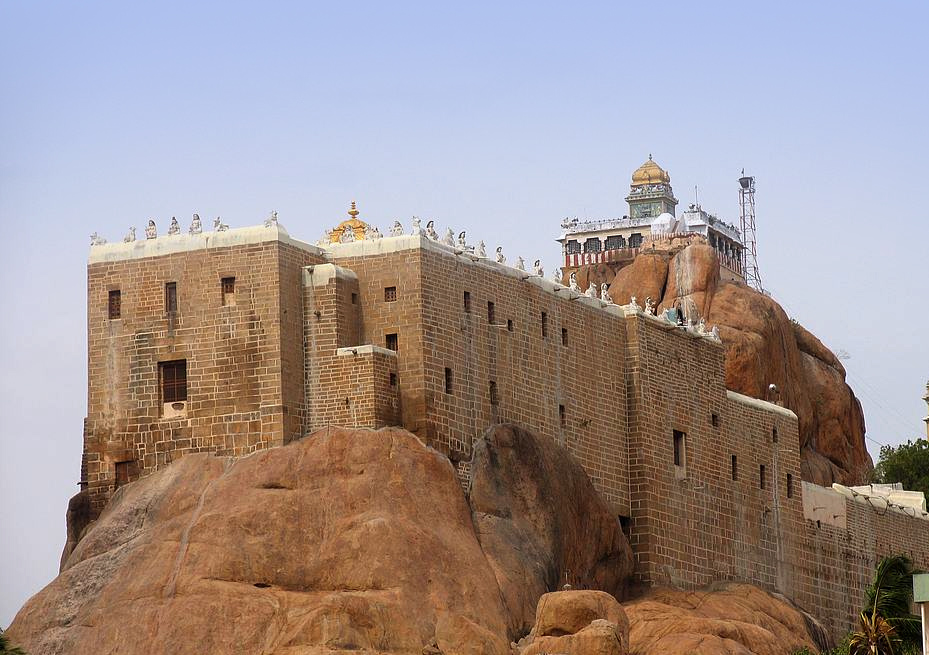
Proceed for sightseeing tour of Trichy visit the ‘Rock Fort Temple which rises abruptly to a height of 273 ft. A steep staircase cut into the rock leads upto the Fort. At the first level are the remnants of a huge hall blasted into ruins in 1772. The next storey is the Mathrubhuteshwarer Shrine dedicated to Shiva. Finally at the top of the hill, the ‘Uchhi Pillayar Koil’ – a Ganesh Temple offering a commanding view of the city.
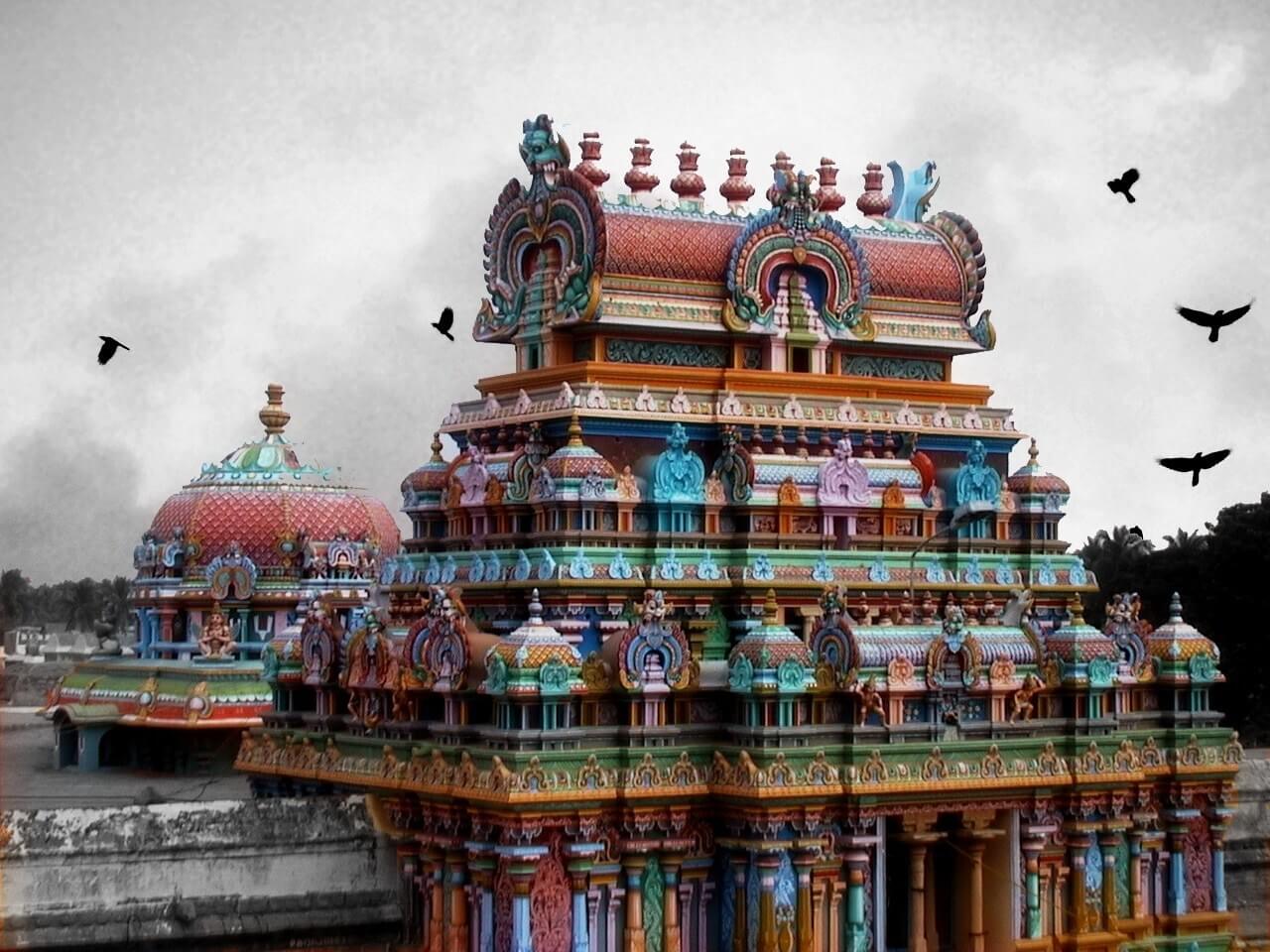
Later you will visit Island of Srirangam. Tiruchirapalli, called Tiruchi or Trichy in Short, was built by the Nayak rulers of Madurai around a rock fort. Tiruchi is on the banks of the Kaveri river and is famous for the Ranganatha Temple at Srirangam, 10 km away. The Rock fort is the center of the city and is a remarkable structure. About 83 meters high, the fort dominates the landscape. The Uchi pillaiyer Temple dedicated to lord Vinayaka or Ganesha. A total of 344 steps, cut into the rock lead to the temple. There is also the Tyaumanaswami Temple of lord Shiva half way up the hillock. There are also two cave temples in the fort with sculptures dating back to the 6th and 7th centuries. The Sri Jambukeswara Temple, at Tiruvankkaikaval, Srirangam is an island in the Kaveri river, north of Tiruchirapalli. The Ranganathaswami Temple here, built around 13th-14th centuries has 21 towers and stone pillars covered with fine carvings.
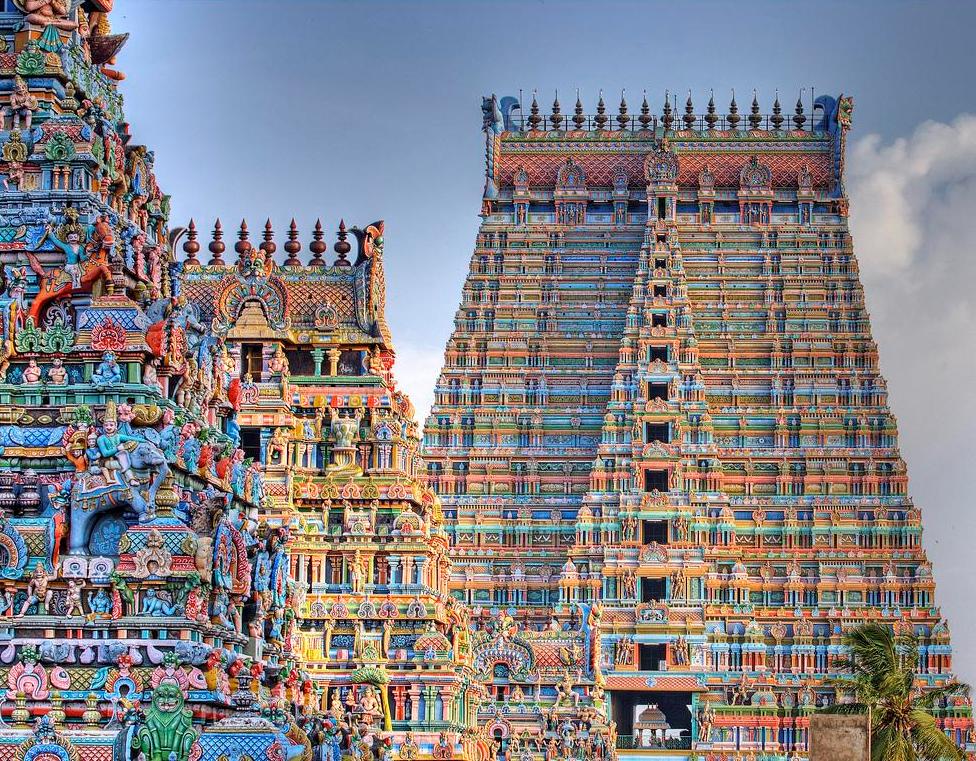
Overnight at hotel
DAY 05: TRICHY – MADURAI BY: SURFACE
After buffet breakfast you will be driven to Madurai (130 kms / 04 hrs)
Madurai – Situated on the banks of river Vaigai, Madurai is more than 2,500 years old and has a rich cultural heritage and history. Madurai was an important cultural and commercial centre even as early as 550 AD. Madurai was the capital city for the great Pandya kings.
On arrival proceed to check in at the hotel.
Afternoon you will proceed for the sightseeing tour of Madurai City.
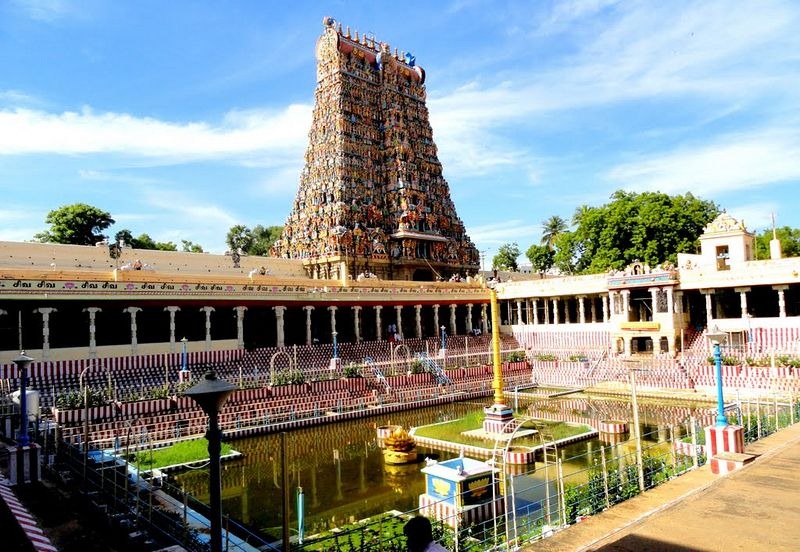
Madurai’s main attraction is the famous Meenakshi temple located in the heart of the old town, a riotously baroque example of Dravidian architecture with gopurams (towers) covered from top to bottom with a breathless profusion of multi-colored images of gods, goddesses, animals and mythical figures. The temple complex is a city within a city and one can spend days exploring its labyrinthine corridors and halls.
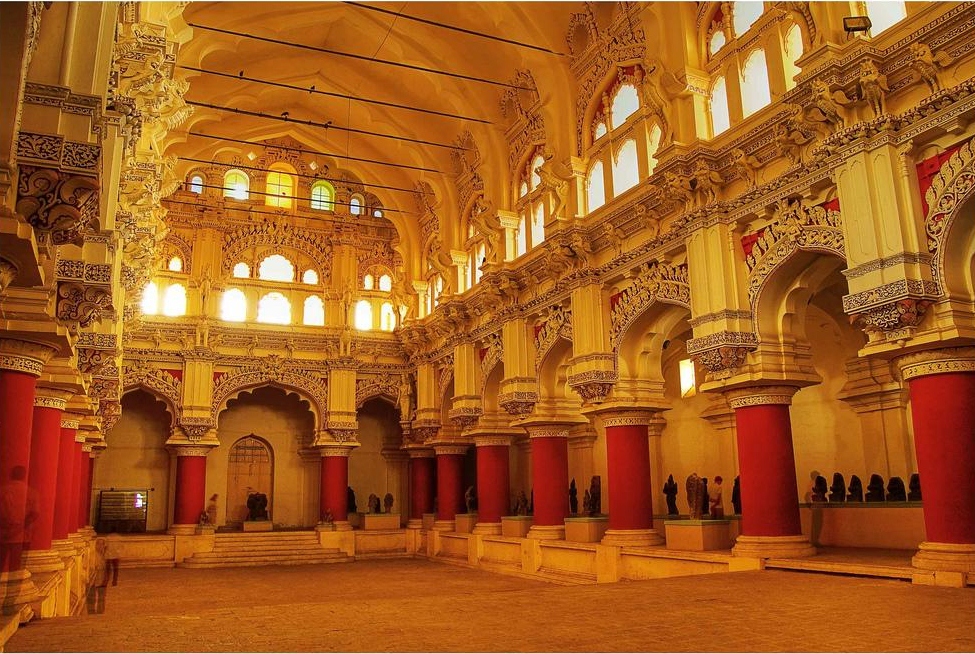
Another attraction is the Thirumalai Nayak Palace (1636) restored by Lord Napier, dance drama concerts are performed daily.
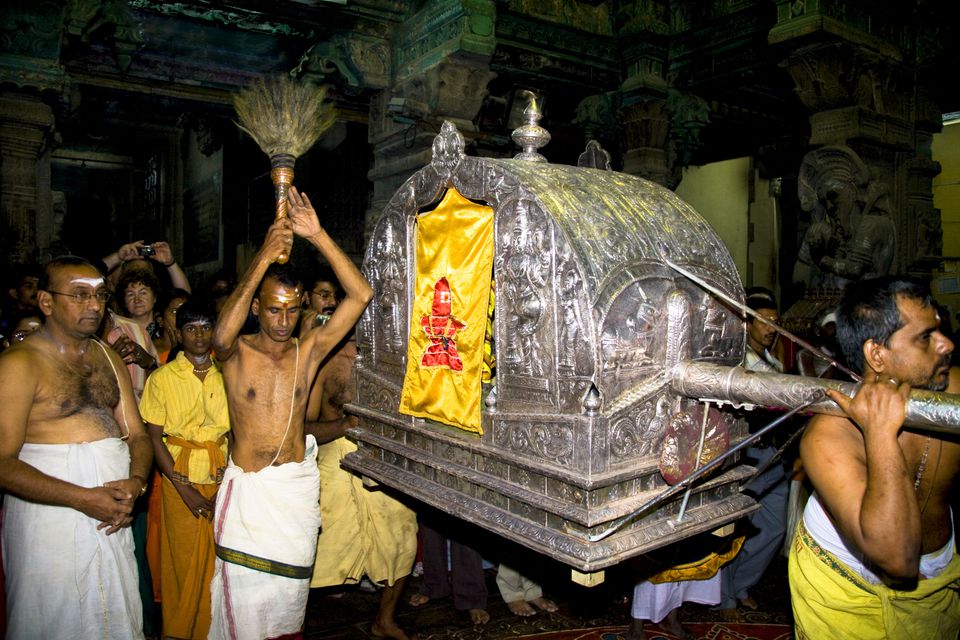
In the evening, you will once again proceed to the Meenakshi temple complex to witness the evening Aarti ceremony in which Lord Shiva is carried in a palanquin accompanied by musicians, temple singers and priests to the temple of his consort Parvati to spend the night.
Special note:Non- Hindus are not allowed inside the inner sanctum of the temple.
Overnight at the hotel.
DAY 06: MADURAI – THEKKADY BY: SURFACE
After buffet breakfast you will proceed for Periyar (160 kms / 4.5 hrs).
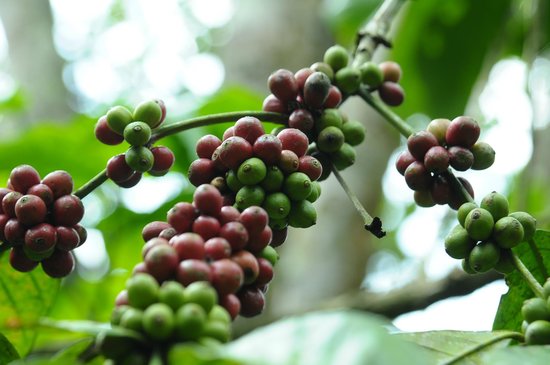
The name Thekkady, brings to mind images of elephants, unending chains of hills and spice-scented plantations. Moreover, the flora and fauna of the Periyar wildlife sanctuary is absolutely thrilling. The wildlife sanctuary here is the natural habitat of a wide variety of animal species.
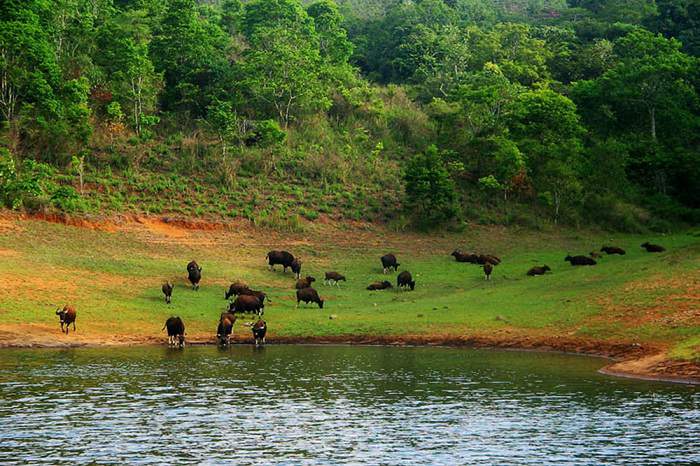
The Periyar Lake is a paradise for the nature lovers. It gives you an opportunity to observe the wild animals roaming in the jungle. The greatest attraction of Periyar Lake, however, is the herds of wild elephants that come down to play in the lake. Moreover, the Sanctuary Watch Tower situated in the forest interior gives you a panoramic view of the park.
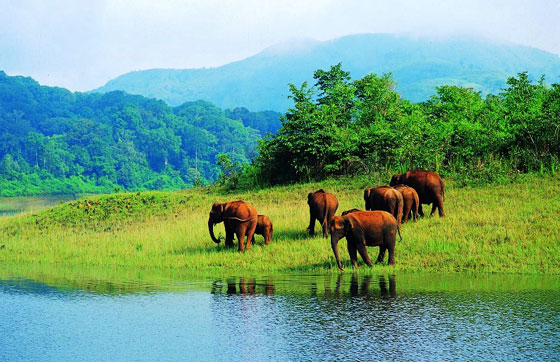
Other attractions of the sanctuary are the Sambhar, Bison, Spotted Deer, Tigers, Leopards, Malabar Flying Squirrels, Stripe necked Mongooses, etc. There are over 260 species of birds here including Nilgiri Wood Pigeons, blue-winged Parakeets, White bellied Tree Pies, laughing Thrushes and Fly Catchers.
On arrival proceed to check in at the hotel.
In the afternoon, proceed to Periyar National Park to view the wildlife by boat. Situated within the confines of the Western Ghats in the southern Indian state of Kerala, PeriyarNational Park and Tiger.
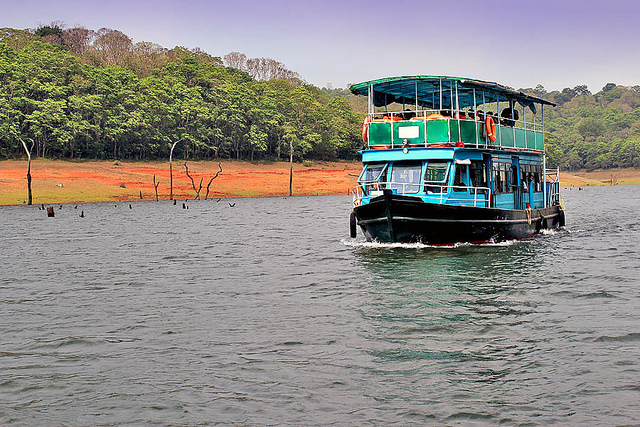
Reserve is one of the most captivating wildlife parks in the world. The park has a picturesque lake at the heart of the sanctuary. Herds of elephant and sambar, gaur and wild pigs and wander down to the lakeside and can be observed from the launches that cruise the lake. Periyar also harbours the leopard, wild dog, barking deer and mouse deer.
Return to the hotel after your boat ride.
Overnight at the hotel.
DAY 07: THEKKADY – KUMARAKOM BY: SURFACE
After buffet breakfast you will proceed for Kumarakom (180 kms / 4.5 hrs)
On arrival proceed to check in at the hotel.

Twelve kilometres to the west of Kottayam town lies a small village called Kumarakom. The village is a part of Kuttanad, the wonderland which lies below sea level. The Kumarakom Bird Sanctuary, spread over 14 acres of lush greenery and blue waters, is located on the banks of the Vembanad Lake. The sanctuary is home to local varieties of waterfowl, cuckoo, and water ducks, as well as migrating Siberian storks.
Rest of the day at leisure.
Overnight at the hotel.
DAY 08: KUMARAKOM – ALLEPPY
After buffet breakfast you will proceed to board your houseboat.
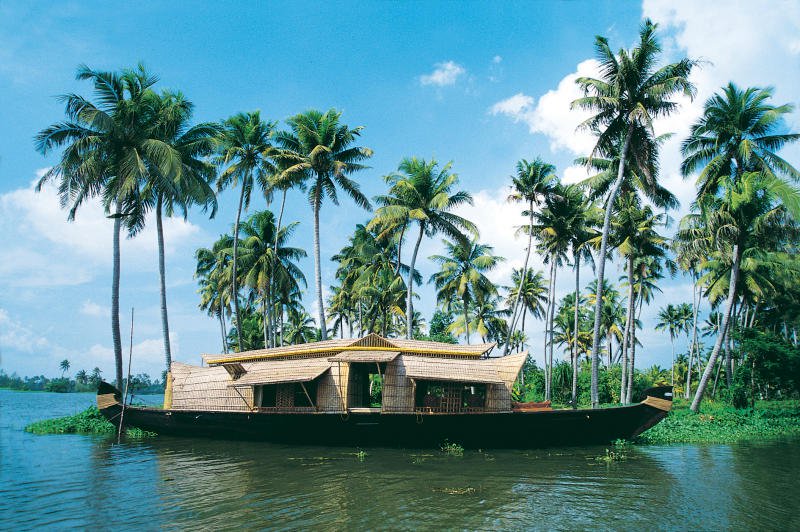
Kettuvallams are huge, tapering barges which were traditionally used to cargo rice and other goods across Kerala. It has a portion covered with bamboo and coir serving as kitchen and rest rooms for the crew. These boats are entirely built without the use of nails. Planks of jack wood are woven together with coir ropes and coated with a black resin made from boiled cashew kernels
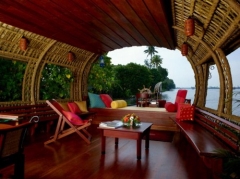 Modern-day Kettuvallams called houseboats, carry finished bedrooms, modern toilets, cosy living rooms, a kitchen and even a balcony where tourists can laze on cushions. Sections of the carved roof of wood and plaited palms open out to provide shade and allow an uninterrupted view. Most of the boats are poled by local oarsmen. Some are powered by engines. Gliding on serene backwaters, visitors can witness an unspoilt Kerala
Modern-day Kettuvallams called houseboats, carry finished bedrooms, modern toilets, cosy living rooms, a kitchen and even a balcony where tourists can laze on cushions. Sections of the carved roof of wood and plaited palms open out to provide shade and allow an uninterrupted view. Most of the boats are poled by local oarsmen. Some are powered by engines. Gliding on serene backwaters, visitors can witness an unspoilt Kerala
Overnight on board houseboat
DAY 09: ALLEPPY – COCHIN
Morning disembark Houseboat and depart for Cochin by surface (90 Kms/2 Hrs).

Cochin (Kochi) is spread across islands and promontories in a stunning location between the Arabian Sea and the Backwaters. The city was founded in 1341 when a flood created a natural safe port, which became the principal harbour for Malabar Coast’s spice trade. Cochin was on the main trade route between Europe and China. The rulers invited people of various religions to settle here, attracting the Jews and the Christians who built places of worship and their own communities.
Afternoon, you will proceed for the sightseeing tour of Cochin.
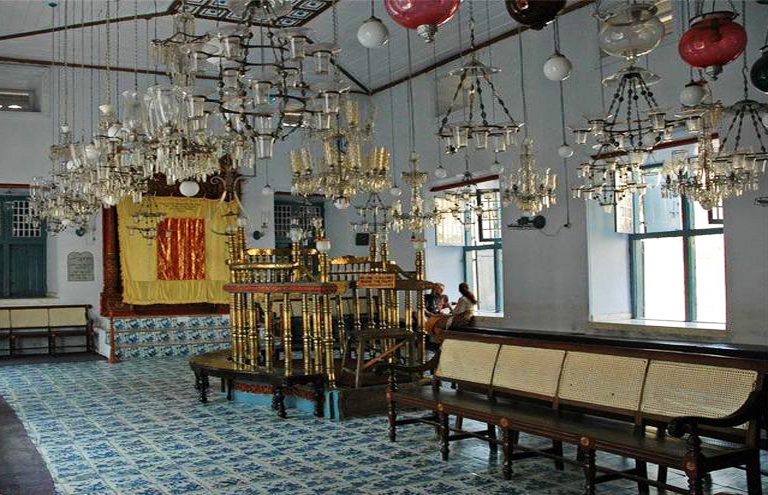
You will first proceed to Mattancherry and visit the oldest Jewish Synagogue (Closed on Saturdays & All the Jewish holidays)in India, built in 1568; it was destroyed by the Portuguese and rebuilt by the Dutch a century later.
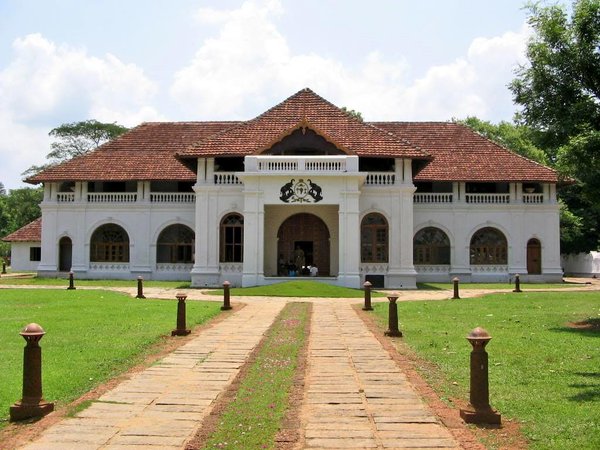
You will also visit The Dutch Palace(Closed on Fridays)- which was built in 1555 and its coronation hall and murals at Ramayana are noteworthy features.
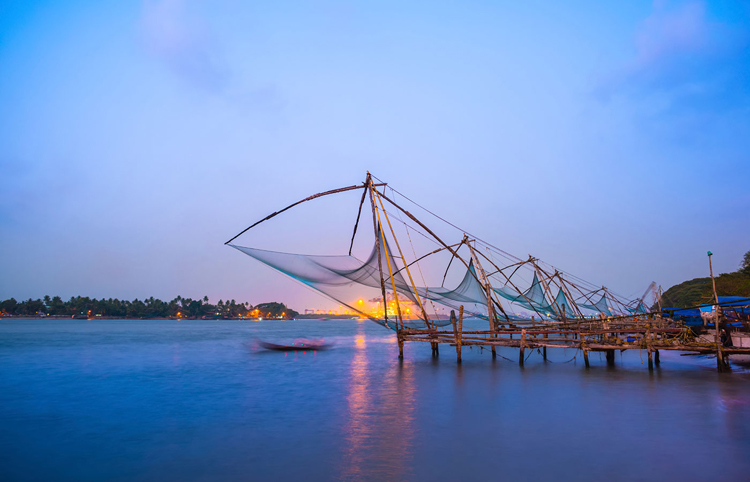
Chinese fishing nets. The cantilevered fishing nets line the entrance to the harbour mouth. Chinese traders are believed to have originally introduced them in the 14th century although, today parts of the nets are known by Portuguese names.
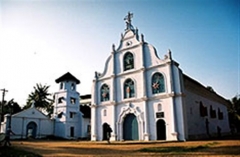 Your next stop will be St. Francis Church, originally named after Santo Antonio and dedicated to him as the Patron Saint of Portugal, St. Francis Church is the first church to have been in the new European influenced tradition. Originally a wooden building was replaced by the present stone building. Vasco De Gamma died on the site in 1524 and was originally buried in the cemetery. 14 years later his body was removed to Portugal. The church was renamed St. Francis in 1663.
Your next stop will be St. Francis Church, originally named after Santo Antonio and dedicated to him as the Patron Saint of Portugal, St. Francis Church is the first church to have been in the new European influenced tradition. Originally a wooden building was replaced by the present stone building. Vasco De Gamma died on the site in 1524 and was originally buried in the cemetery. 14 years later his body was removed to Portugal. The church was renamed St. Francis in 1663.

In the evening, you will be taken to a Kathakali dance centre where you will witness the most elaborate of the dance forms in southern India. Here you will witness the artists readying themselves up with the make up for the final performance. Kerala owes its transnational fame to this nearly 300 years old classical dance form, which combines facets of ballet, opera, masque and the pantomime. It is said to have evolved from other performing arts like Kootiyattam, Krishnanattam and Kalarippayattu. Kathakali explicates ideas and stories from the Indian epics and Puranas. Presented in the temple precincts after dusk falls Kathakali is heralded by the Kelikottu or the beating of drums in accompaniment of the Chengila (gong).
Overnight at the hotel.
DAY 10: COCHIN – GOA BY FLIGHT
After buffet breakfast, you will be transferred to Cochin airport to board your flight to Goa via Mumbai/Bangalore.
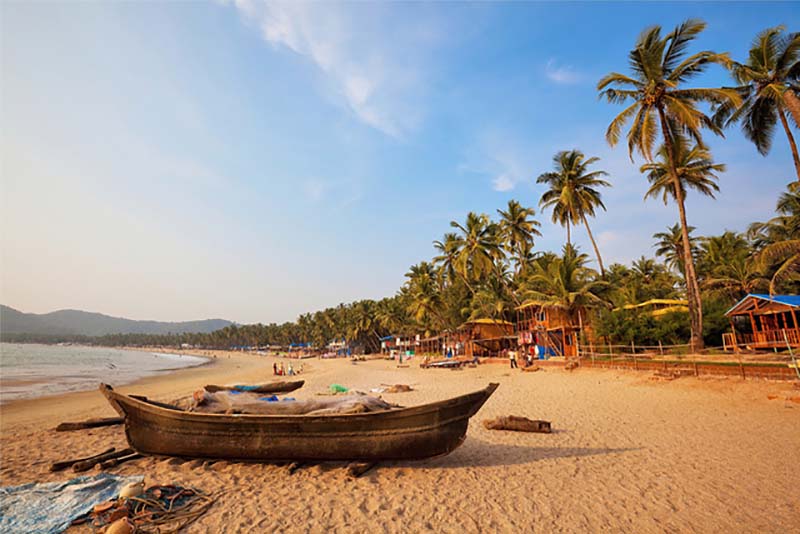
Upon arrival in Goa, a representative will meet you and transfer you to your hotel
Overnight at the hotel.
DAY 11: GOA
After buffet breakfast, you will proceed for sightseeing tour of Goa.
Take a half day tour of Goa, starting from the slopes of Altinho hill for a breath-taking view of Panjim and river Mandovi.
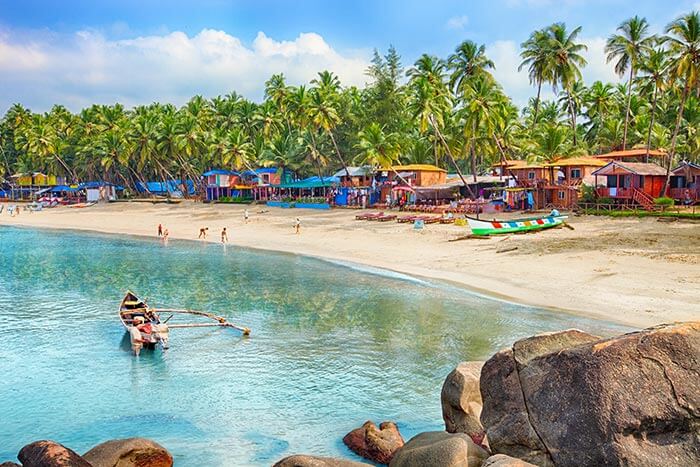
Drive to Donapaula for a view of India’s largest natural harbour, Marmagoa. Then on to Old Goa, the spiritual heart of Portuguese Goa to visit Basilica of Bom Jesus wherein is enshrined the body of St. Francis Xavier in an ornate silver casket.
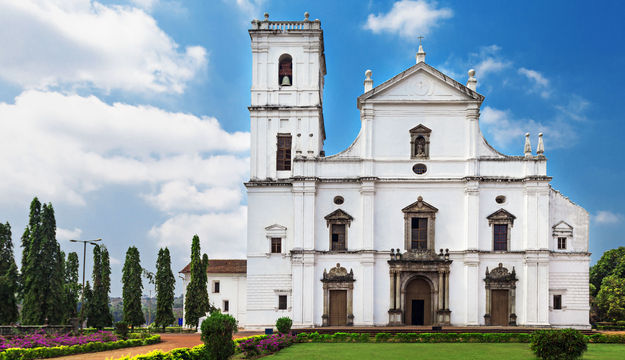
Also visit St. Cathedral; the biggest Church in the East, St. Catejan built like St Peter’s of Rome, the Church of Lady Rosary and St. Monica.
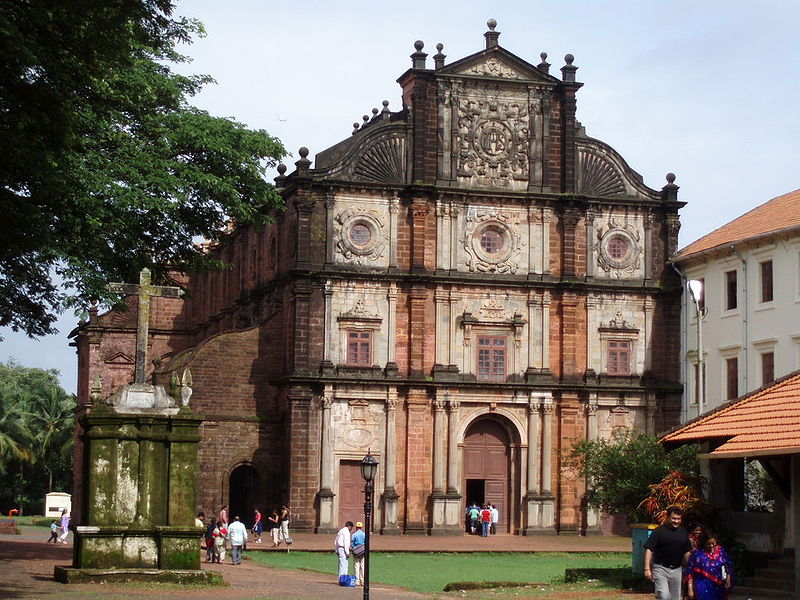
Return to your hotel after the tour.
Overnight at the hotel.
DAY 12: GOA
After buffet breakfast, remainder of the day at leisure.
Overnight at the hotel
DAY 13: GOA – MUMBAI BY FLIGHT
After buffet breakfast, you will board the flight to Mumbai
Upon arrival, you will proceed for the sightseeing tour of Mumbai city.
Bombay, or Mumbai, is the capital of Maharashtra and the economic powerhouse of India. It’s the fastest moving, most affluent and the most industrialized city in India. Yet, once upon a time, Bombay was nothing more than a group of low-lying, swampy and malarial mud flats presented to the British by its Portuguese occupiers as a wedding gift in 1661.
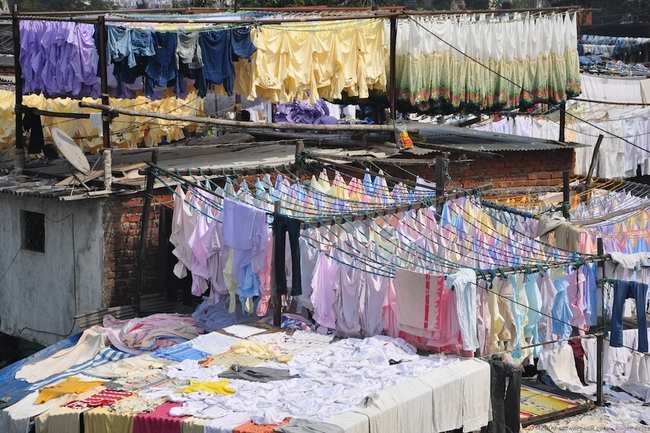
During your tour you will be driven to the Dhobi Ghats for a photo stop, that is a huge open-air laundry, which makes an interesting viewing.
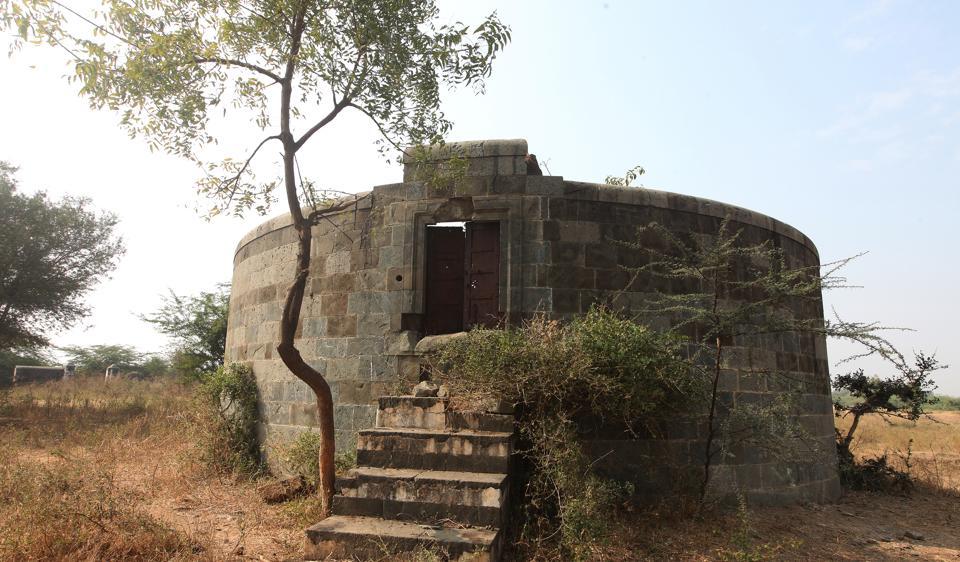
You will be then driven to Malabar Hill (drive past) via the Tower of Silence (drive past) – a round stone construction on which Parsis place their dead to be eaten by the vultures and Hanging Gardens which is built over Bombay’s reservoir.
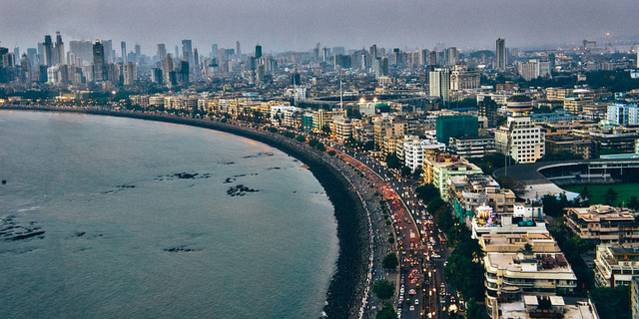
You will be then driven along Marine Drive, the sea – Front Boulevard. It is also known as the Queen’s Necklace as in the evening, the breeze from the Arabian Sea comes over Marine Drive and as the streetlights on this U-shaped road light up, the view from south Bombay’s skyscrapers or from the exclusive residential area, is that of a Queen’s Necklace.
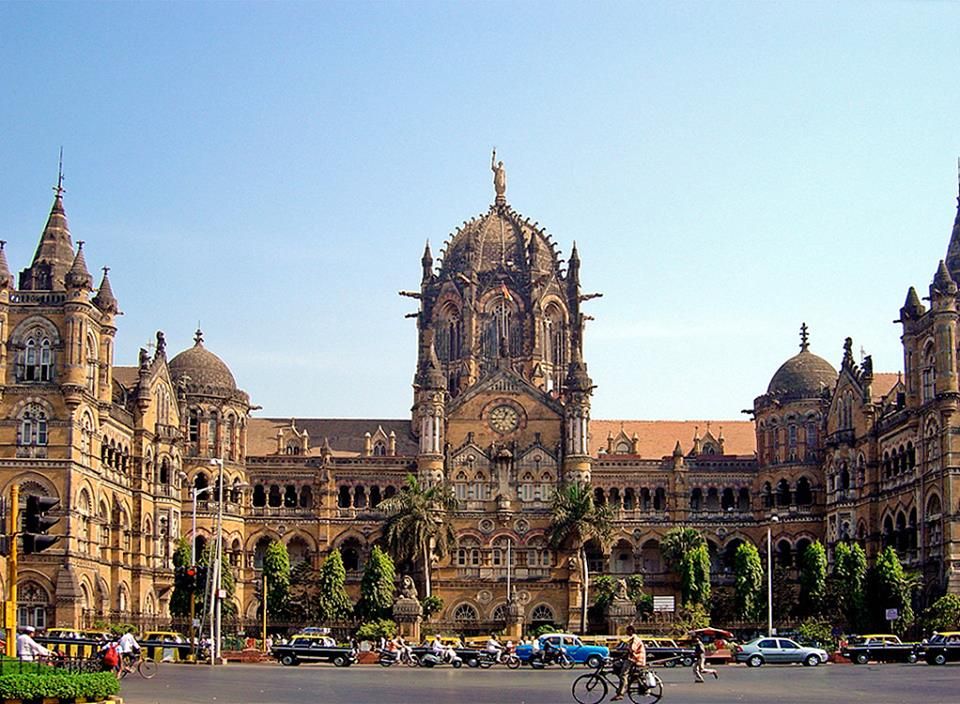
You will than photo-stop at Victoria Terminus which is now known as Chhatrapati Shivaji Terminus. This magnificent building was constructed for a period of 10 years. The construction work started in 1878 and was completed in the year 1888. The building was designed by F.W .Stevens, a famous architect of Britain. In 1882, on the occasion of New Year’s Eve this railway station started its operation in Mumbai.
Victoria Terminus is undoubtedly the Raj’s piece de resistance, Complete with carved stone friezes, stained glass windows and flying buttresses.
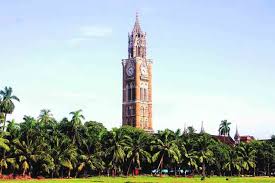 You will drive past Rajabai Tower is situated within the premises of the Fort campus of the Mumbai University. It is basically a clock tower that rises to a height of 85 m (280 ft) and houses the University Library. The top of the cupola is ornamented with sixteen statues depicting various Indian castes. The tower has been modelled after the Big Ben Clock Tower of the UK houses of Parliament, situated in London, and was built as per the designs of Sir George Gilbert Scott, an English architect. It was in March 1869 that the foundation stone of the Rajabai Clock Tower of Bombay was laid down.
You will drive past Rajabai Tower is situated within the premises of the Fort campus of the Mumbai University. It is basically a clock tower that rises to a height of 85 m (280 ft) and houses the University Library. The top of the cupola is ornamented with sixteen statues depicting various Indian castes. The tower has been modelled after the Big Ben Clock Tower of the UK houses of Parliament, situated in London, and was built as per the designs of Sir George Gilbert Scott, an English architect. It was in March 1869 that the foundation stone of the Rajabai Clock Tower of Bombay was laid down.
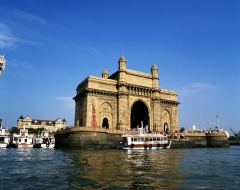 You next stop will be to Gateway of India –the landmark of Bombay, which, was before the advent of air travel, the only gateway to India. It was built to commemorate the visit of King George and Queen Mary to India in 1911.
You next stop will be to Gateway of India –the landmark of Bombay, which, was before the advent of air travel, the only gateway to India. It was built to commemorate the visit of King George and Queen Mary to India in 1911.
After sightseeing tour, you will have transferred to Mumbai airport for your final departure.
DAY 14 DEPARTURE MUMBAI BY: INT FLIGHT
In early hours, you will check-out of your rooms and a INDUS TRIPS representative will meet you and transfer you to International airport to board your flight for back hom.
End of Tour
FAQs about the Tour
Q: What is the starting point of the tour?
A: The tour begins in Chennai, the vibrant capital city of Tamil Nadu.
Q: What are some highlights of Chennai?
A: Chennai offers a mix of classical music, Bharatanatyam dance, historical sites like Fort St. George, and the serene Marina Beach.
Q: What is unique about Mahabalipuram?
A: Mahabalipuram is known for its UNESCO-listed rock-cut temples, including the impressive Five Rathas and the Shore Temple by the sea.
Q: How does Pondicherry showcase its French influence?
A: Pondicherry features charming colonial architecture, French-style cafes, and attractions like Sri Aurobindo Ashram.
Q: What architectural marvels can be found in Tanjore and Trichy?
A: Tanjore boasts the grand Brihadishwara Temple, while Trichy offers the Rock Fort Temple and the island of Srirangam with its intricately carved temples.
Q: What is the highlight of Madurai?
A: Madurai is renowned for the Meenakshi Temple, adorned with vibrant sculptures, and its captivating evening Aarti ceremony.
Q: How can I experience wildlife in Thekkady?
A: Thekkady offers a boat ride on Periyar Lake, where you can observe herds of wild elephants, sambar deer, and diverse bird species.
Q: What is unique about the houseboat experience in Alleppey?
A: Alleppey offers a serene houseboat journey through the backwaters, allowing you to witness local life and lush landscapes.
Q: What cultural attractions can be found in Cochin?
A: Cochin boasts the iconic Chinese fishing nets, historic Jewish Synagogue, Dutch Palace, and vibrant Kathakali dance performances.
Q: What can I expect in Goa during the tour?
A: Goa offers beautiful beaches, historic sites like Basilica of Bom Jesus, and a blend of Indian and Portuguese influences in its architecture and culture.
Get a Quote: Call/Whatsapp: +91 9810954649 or Fill Contact Form
 After sightseeing of Deskit, you will drive back to Leh. Evening at leisure to explore Leh market.
After sightseeing of Deskit, you will drive back to Leh. Evening at leisure to explore Leh market.